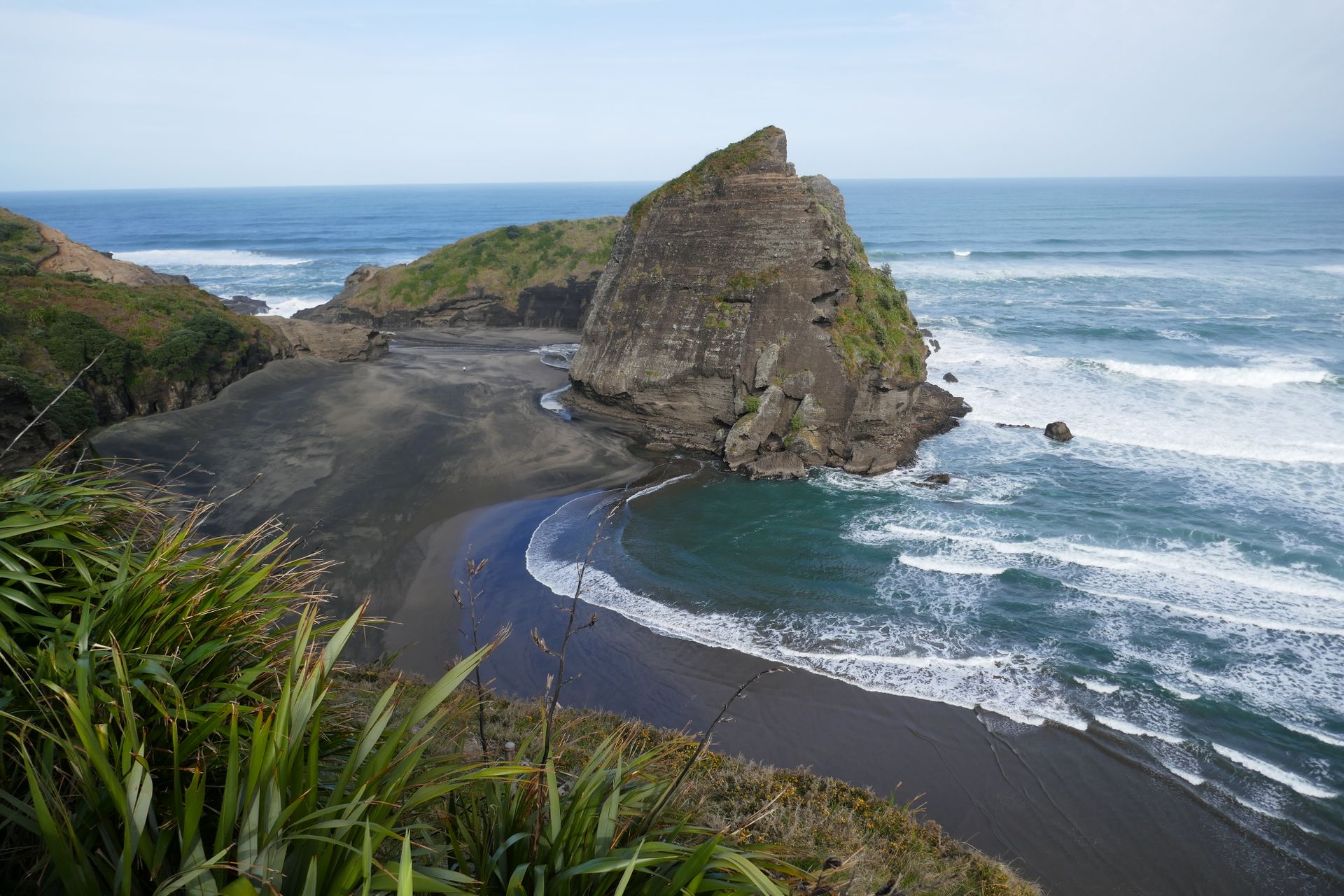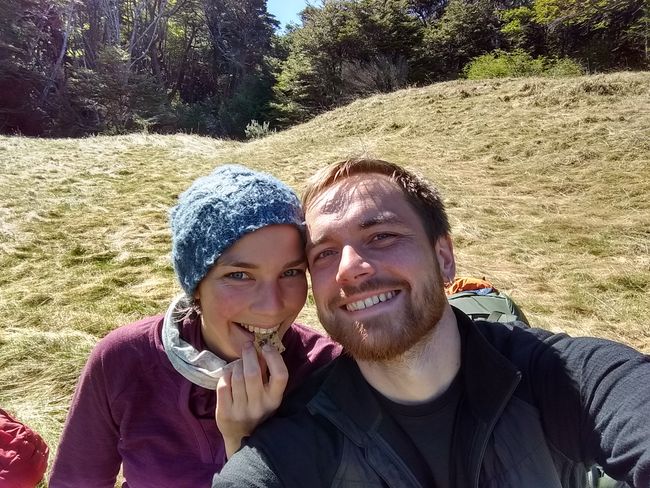Nouvelle-Zélande Partie 3 : Dans le sud
Publié: 30.10.2019
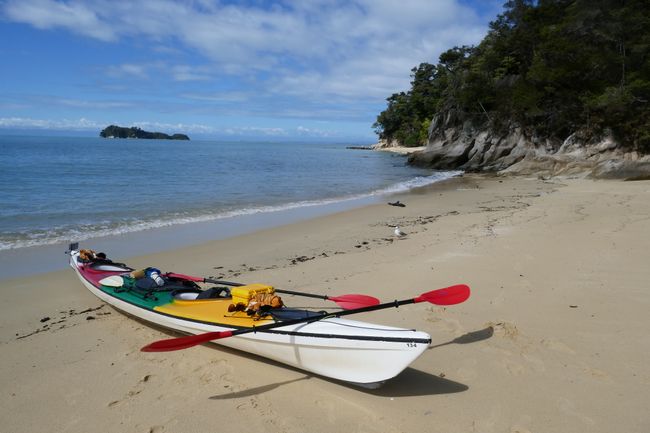
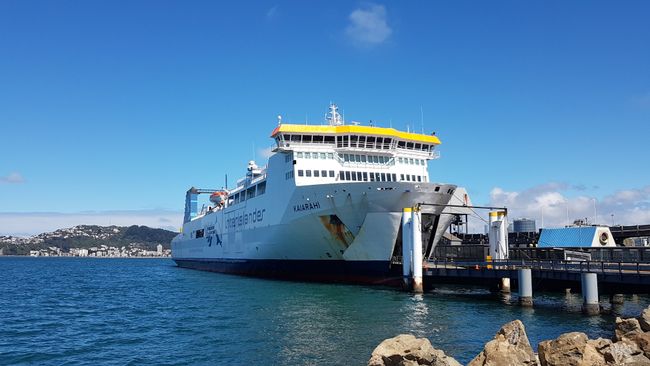
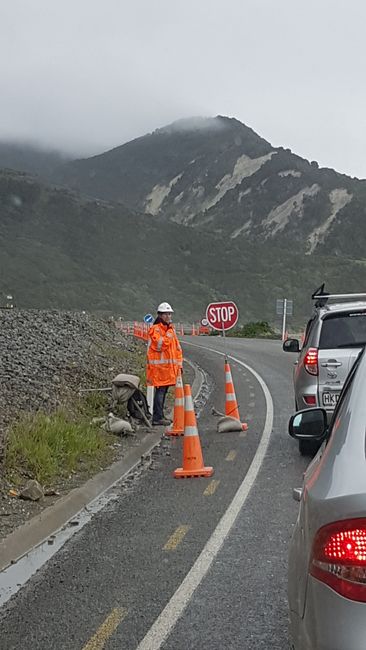
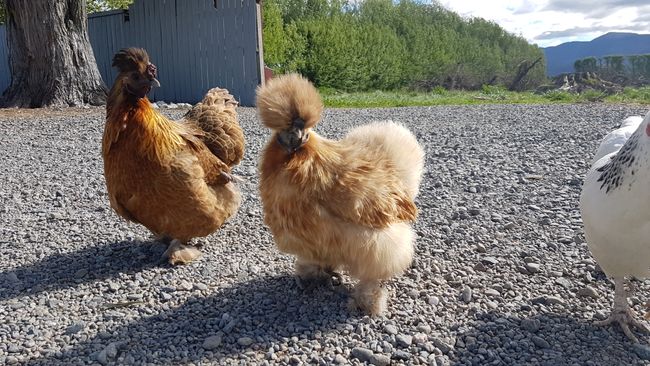
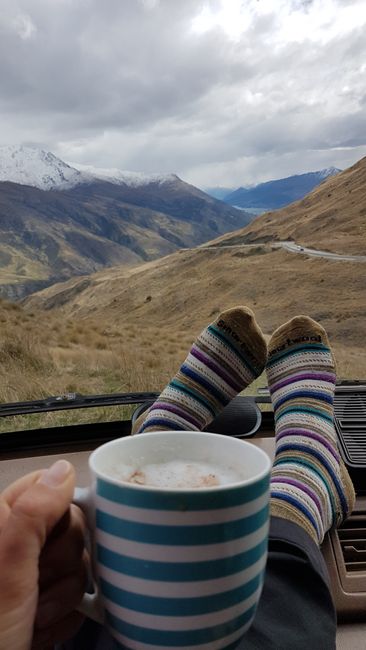
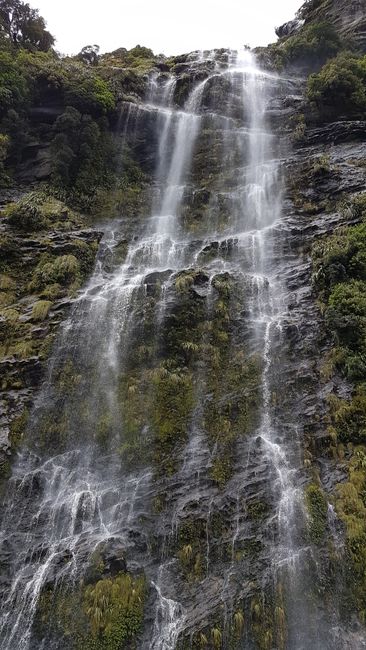
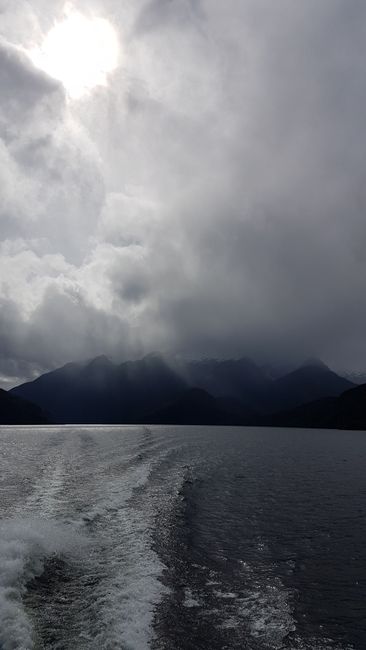
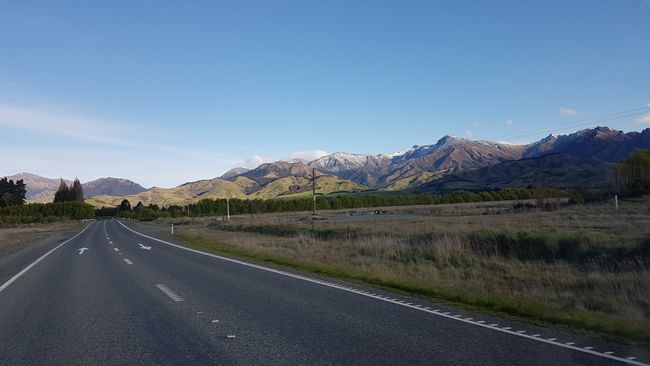
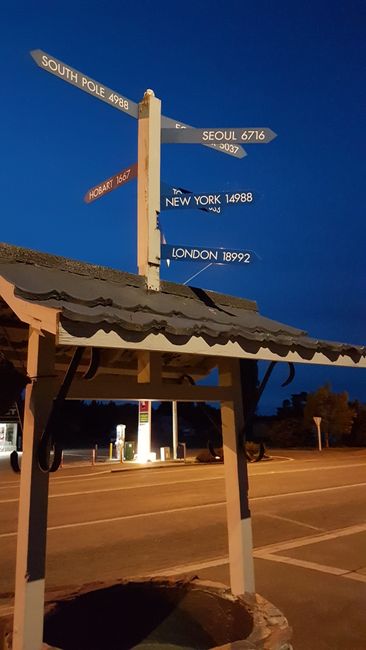
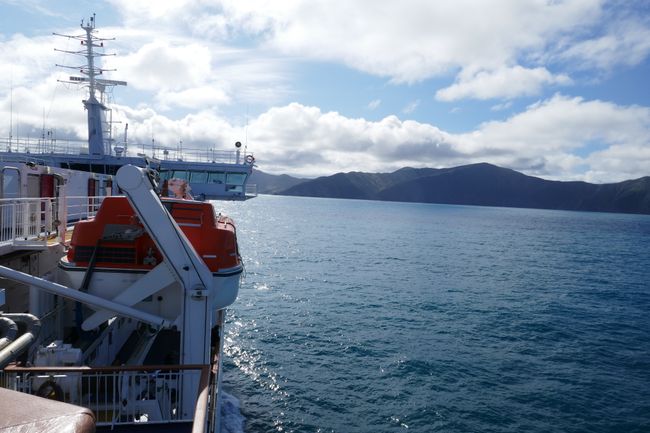
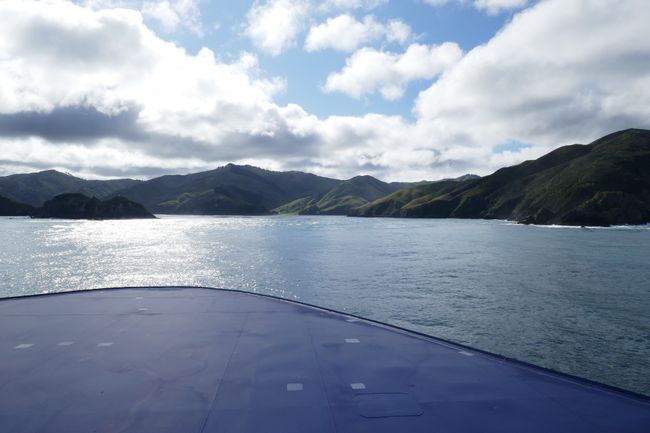
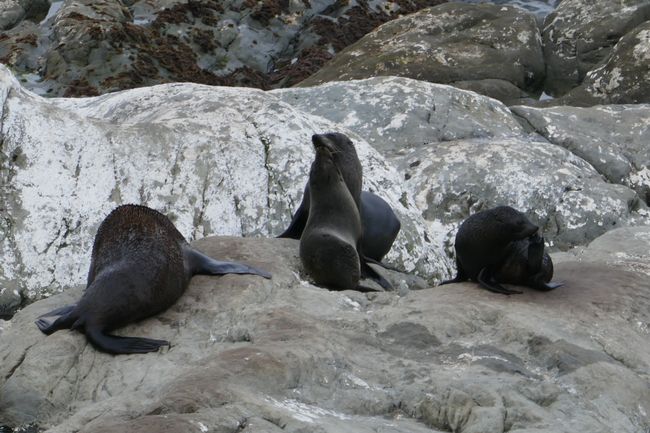
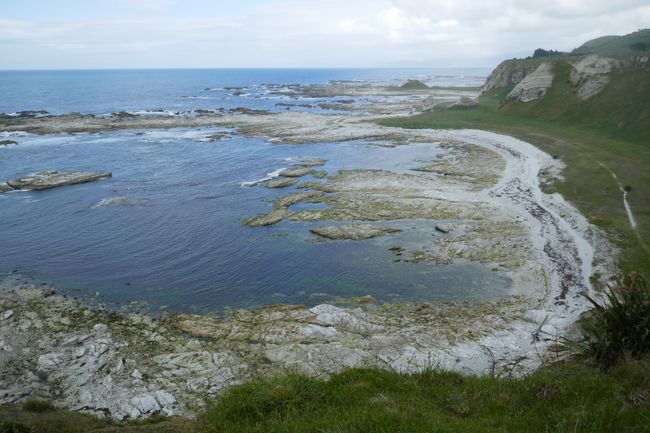
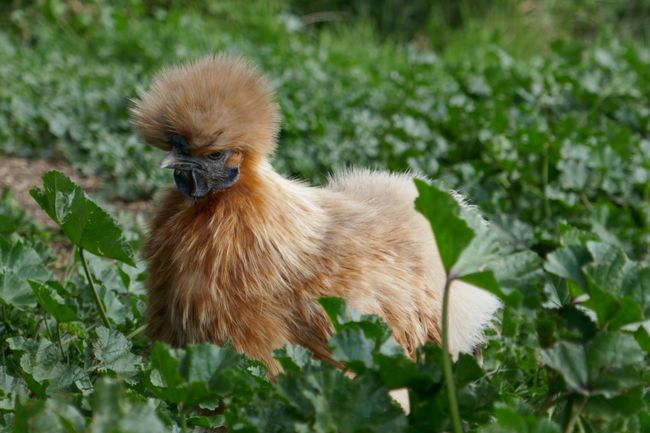
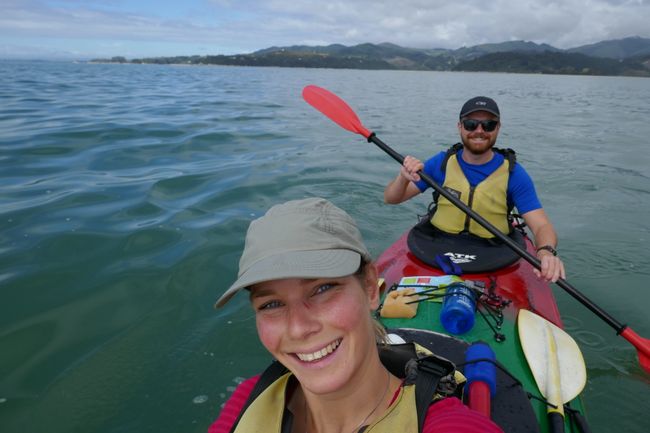
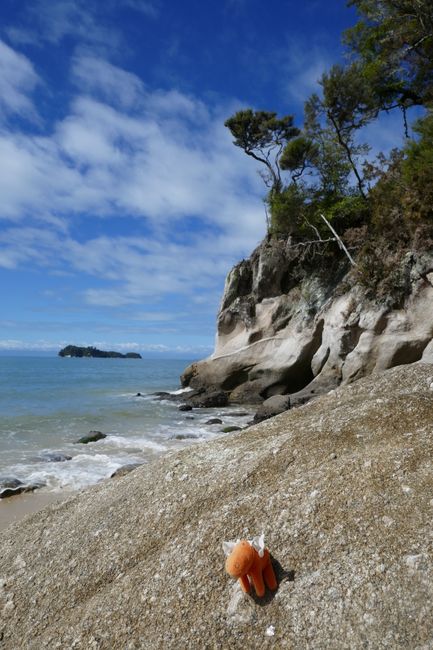
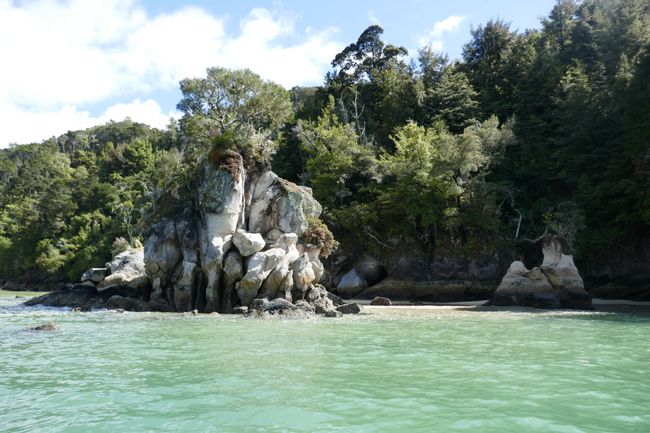
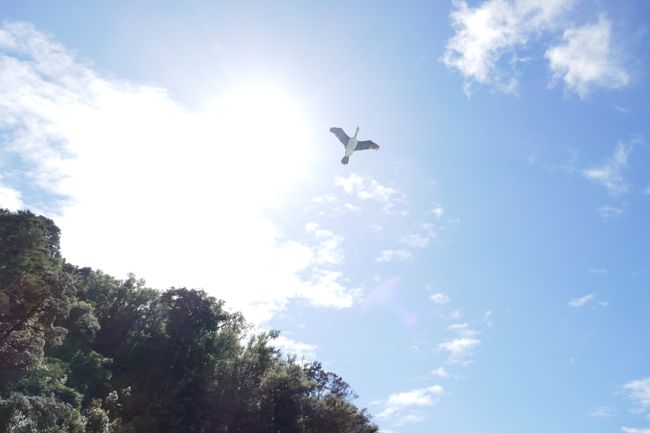
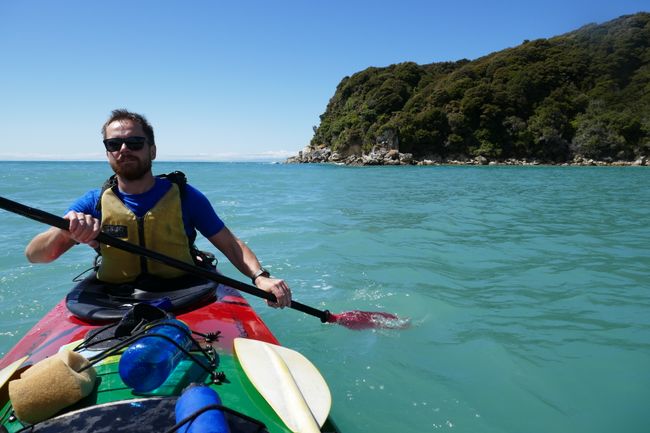

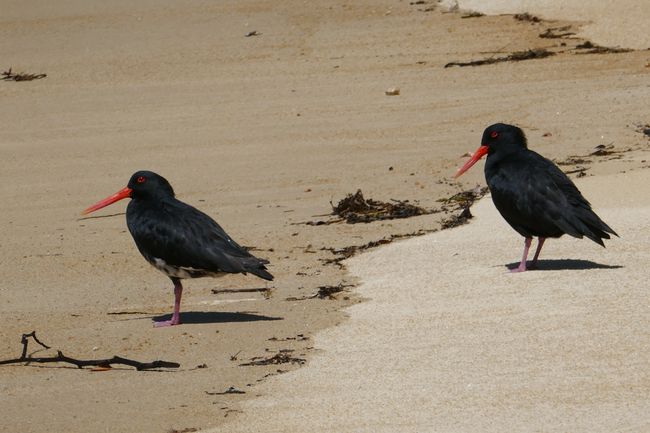
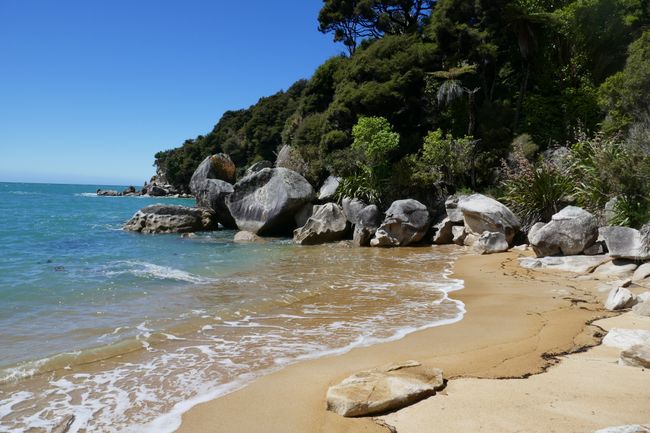
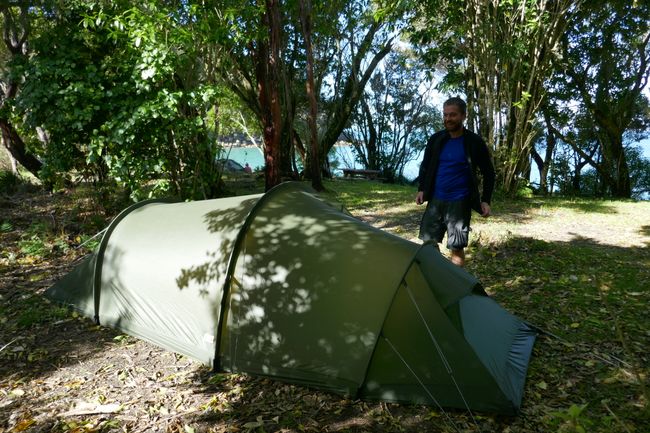
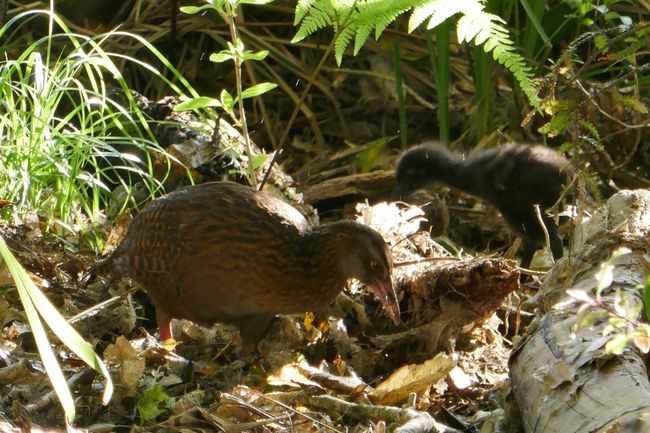
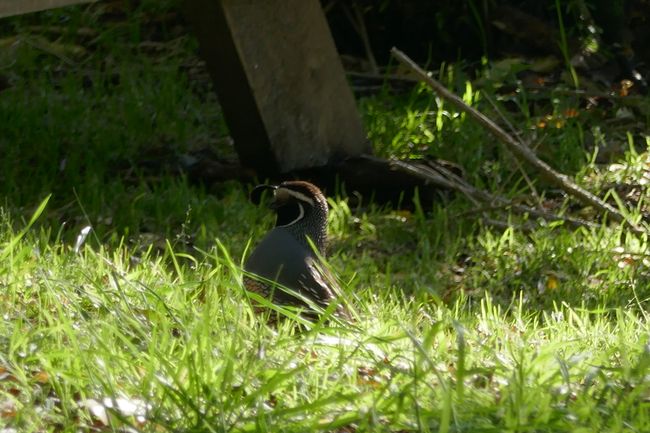
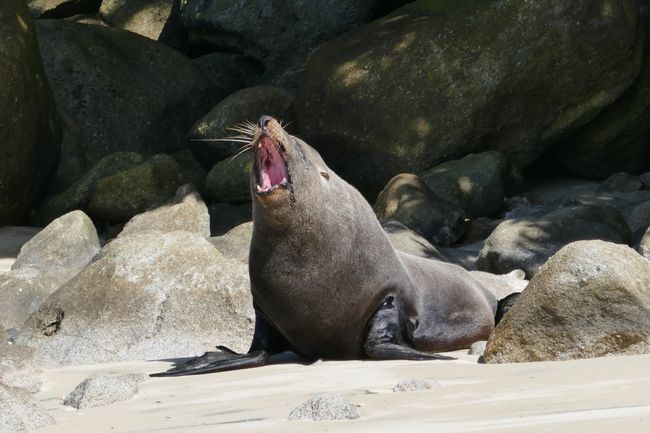
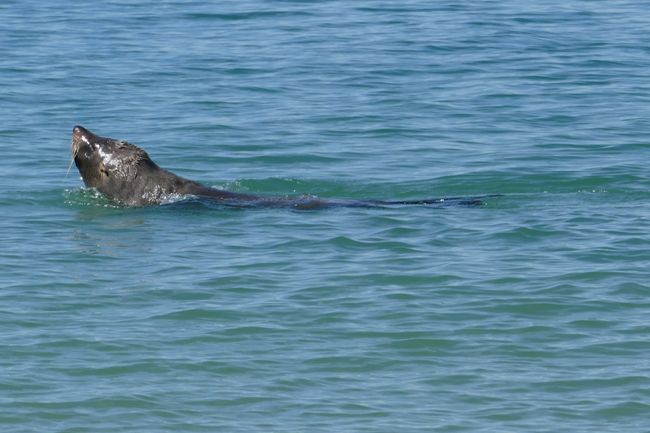
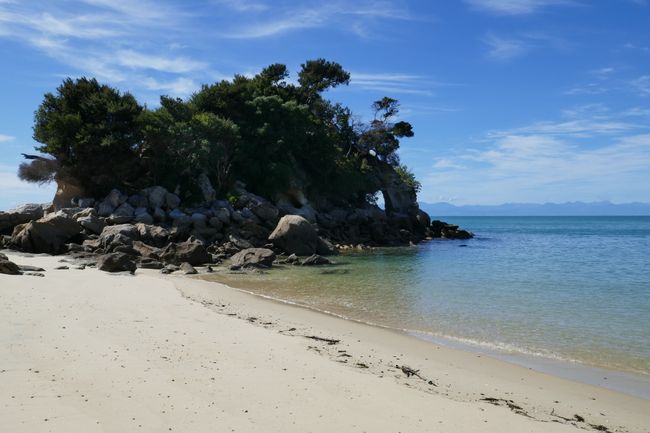
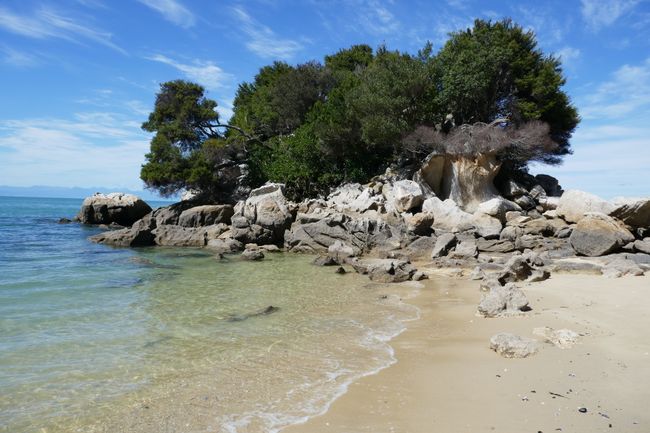
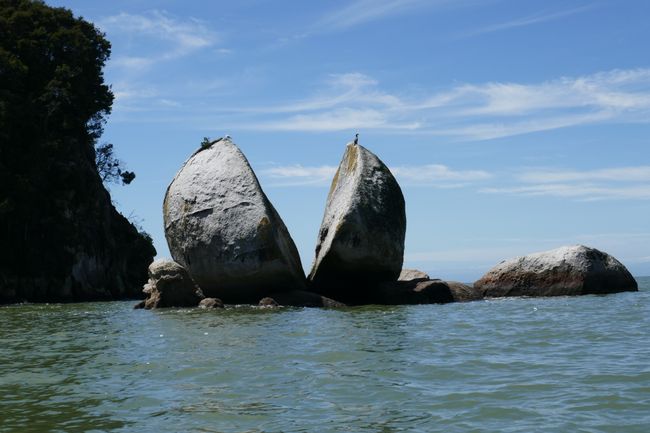
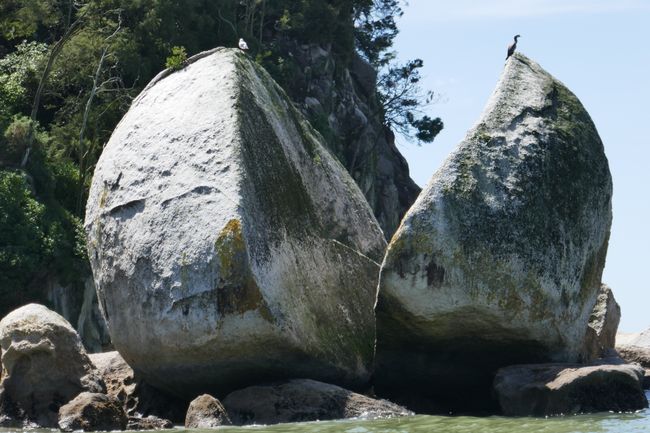
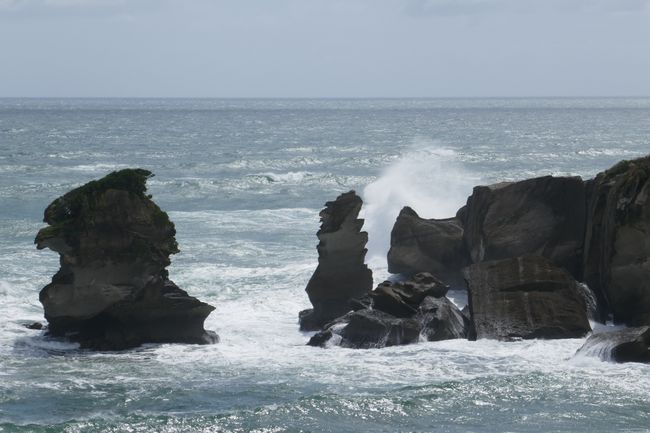
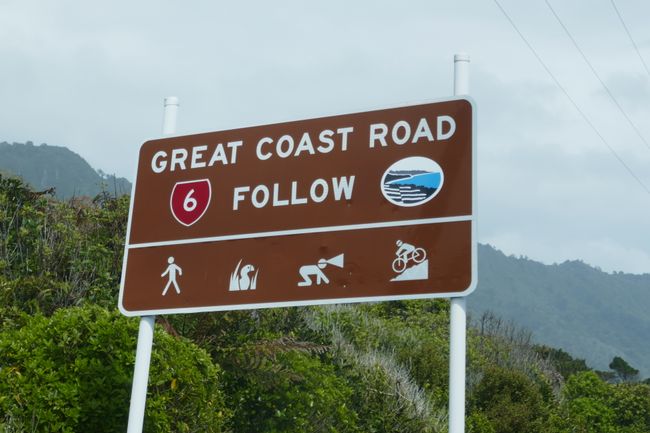
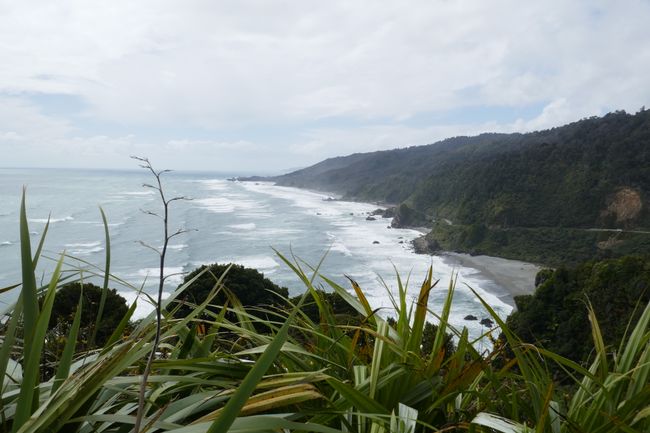
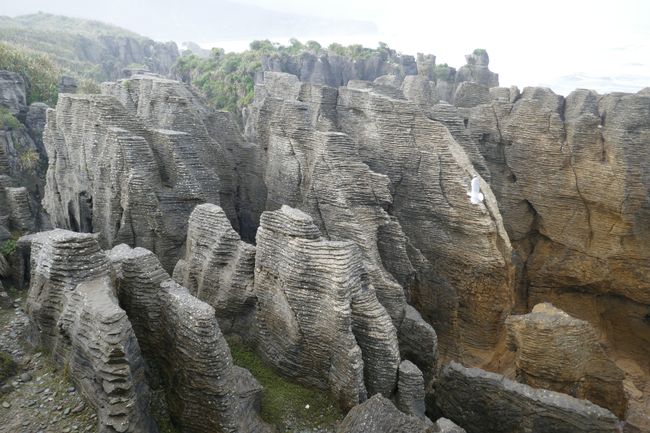
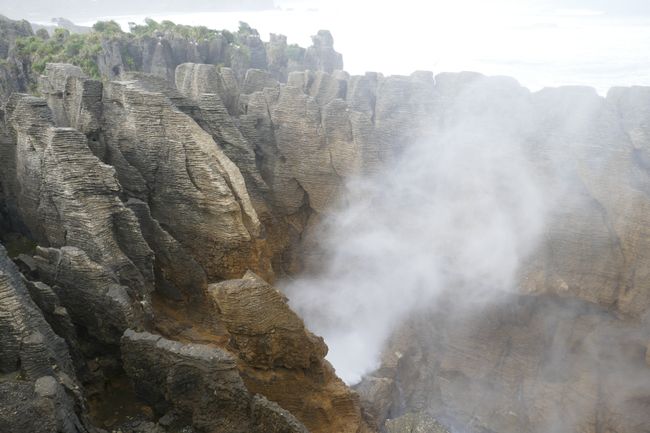
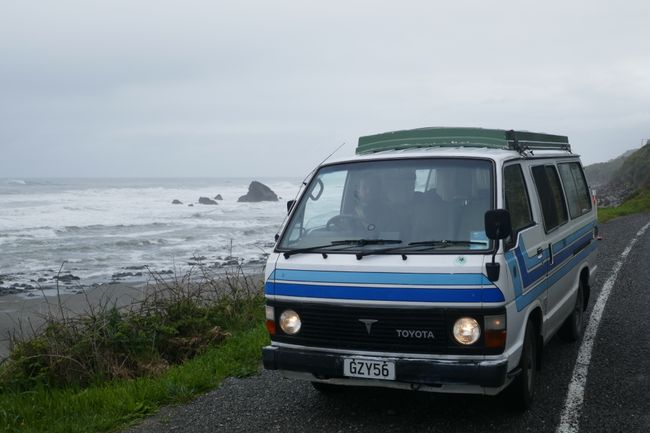
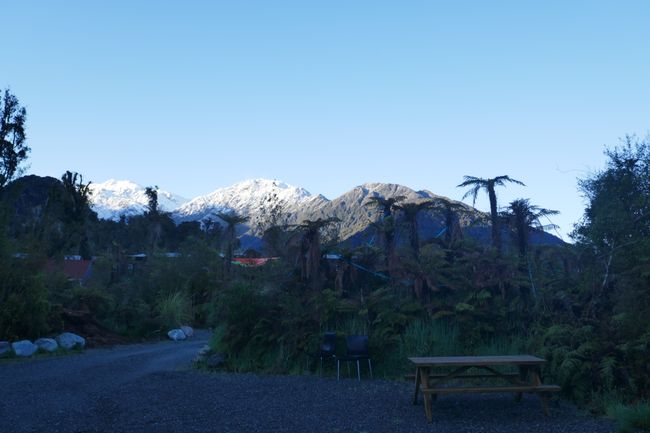
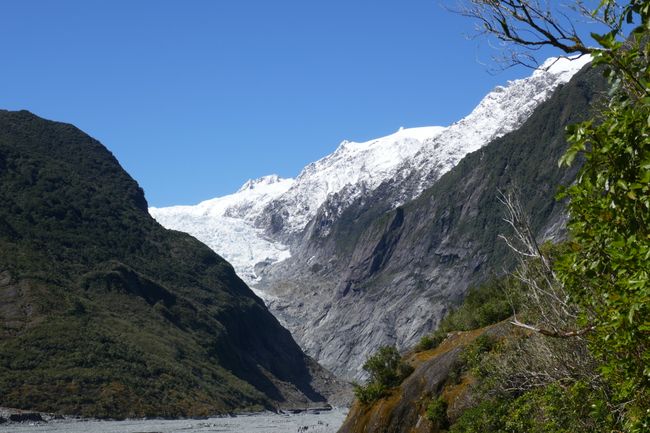
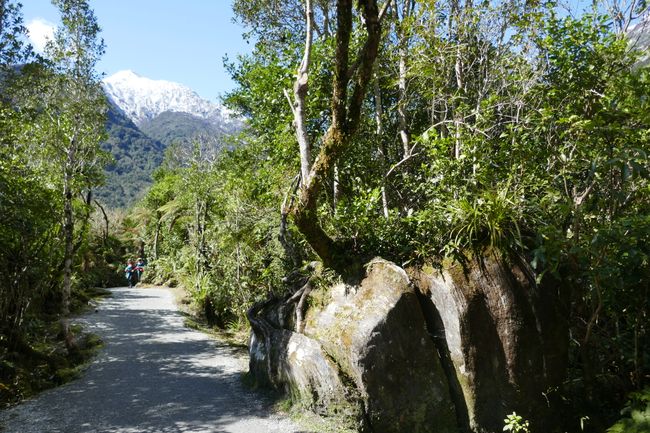
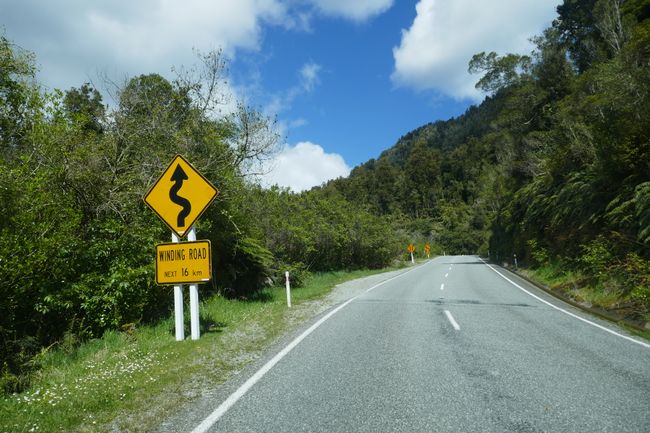
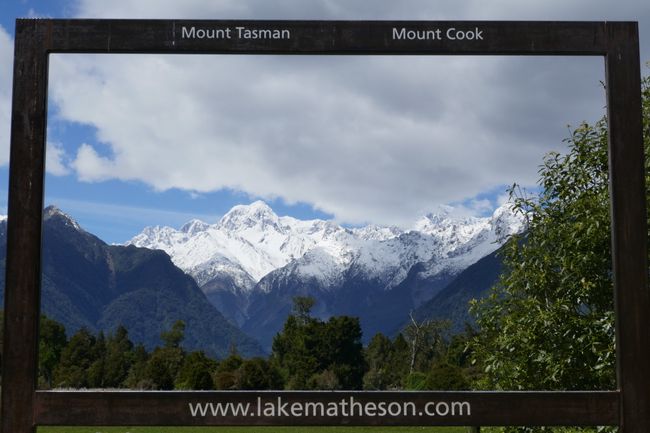
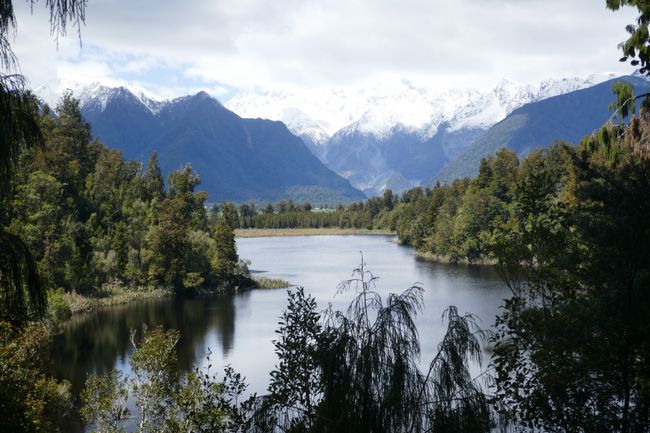
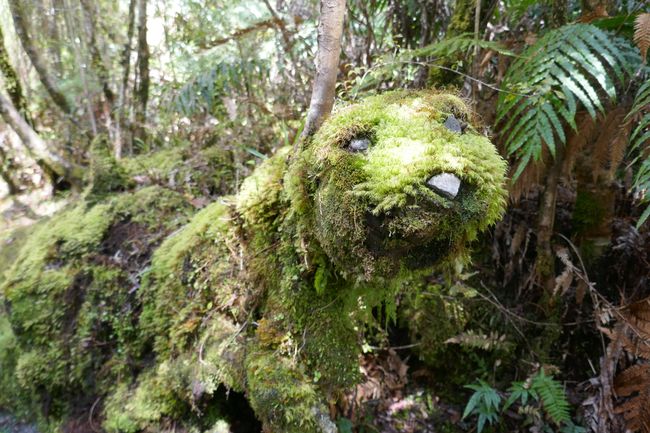
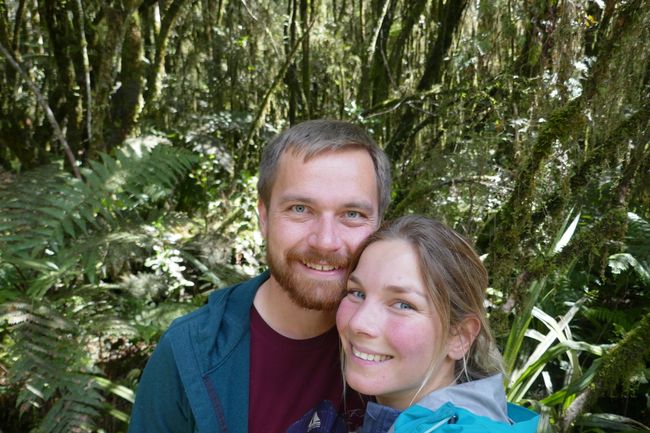
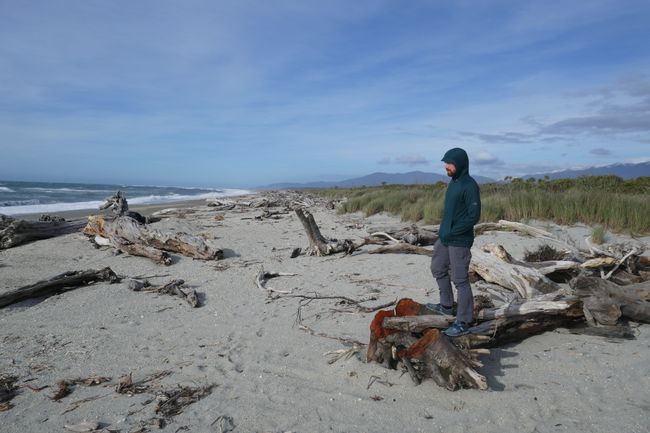
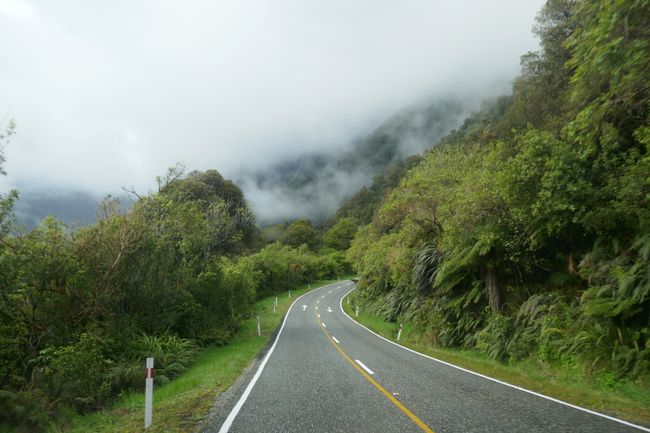
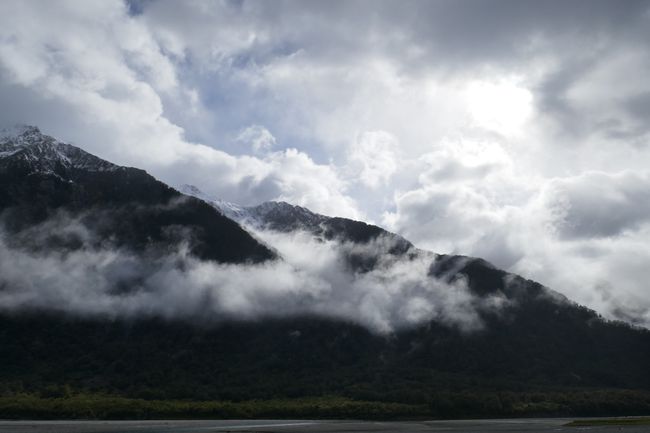
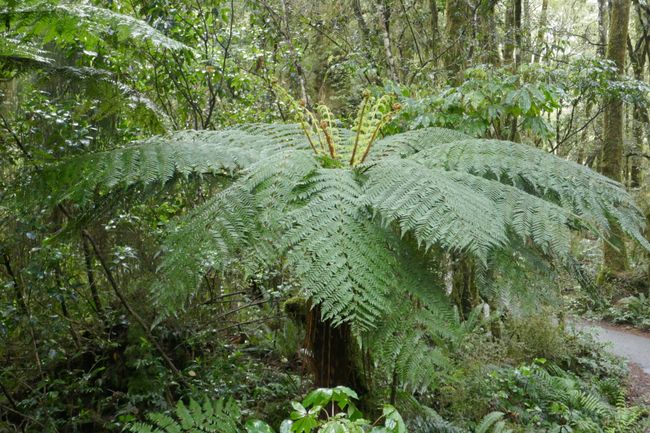
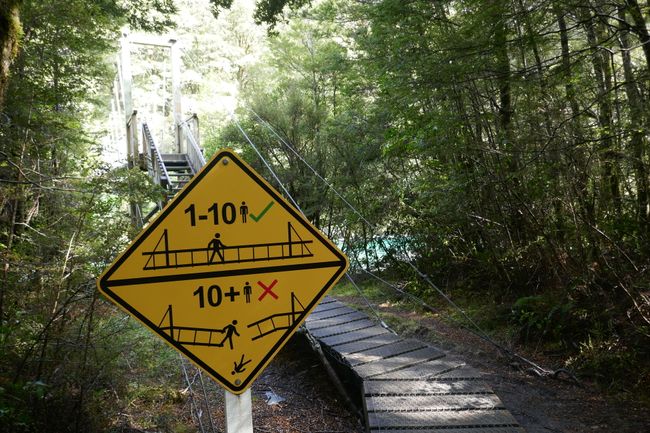
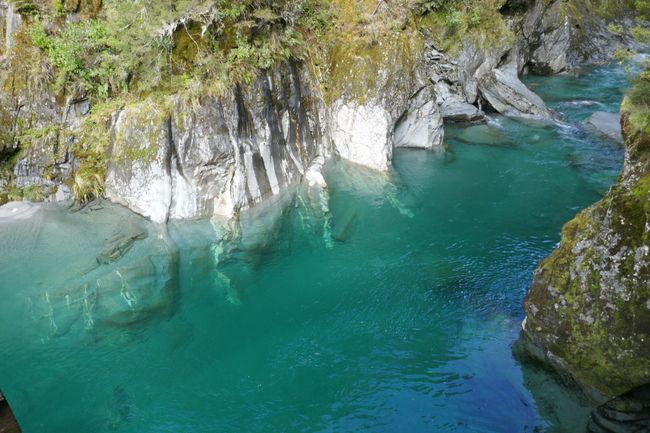
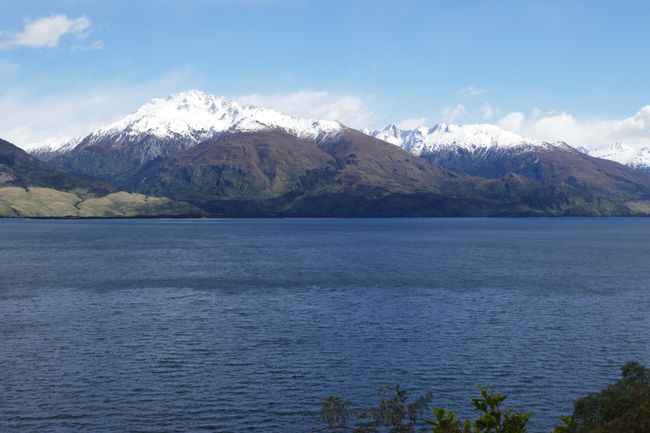
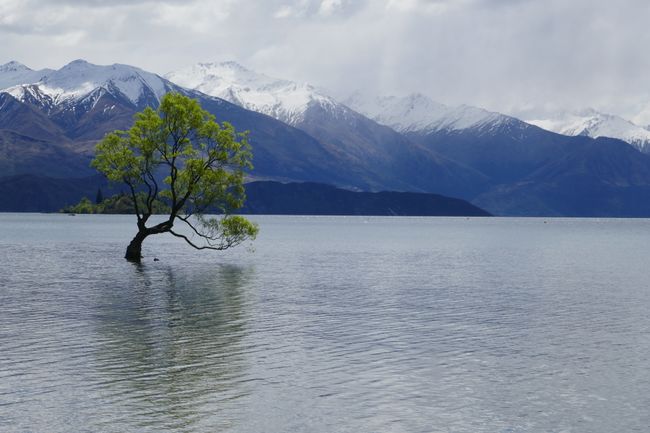
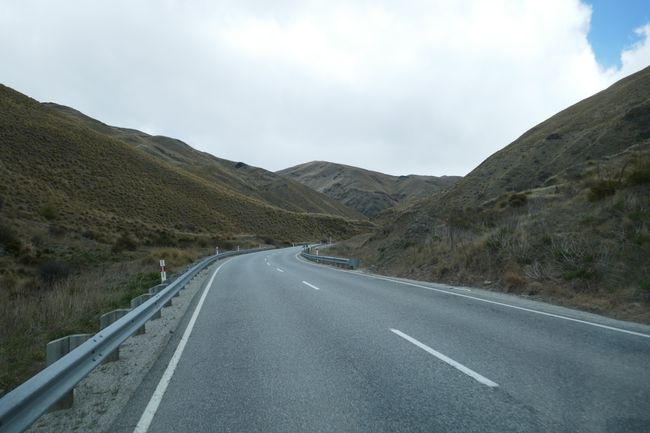
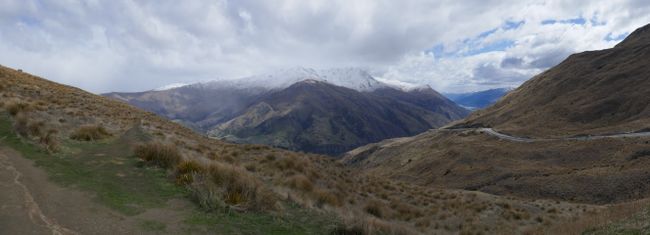
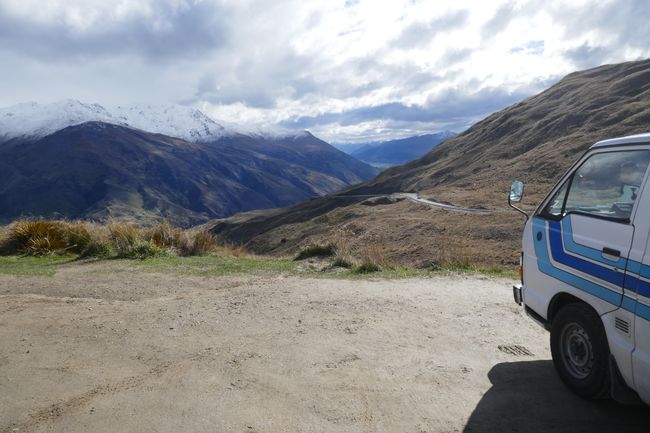
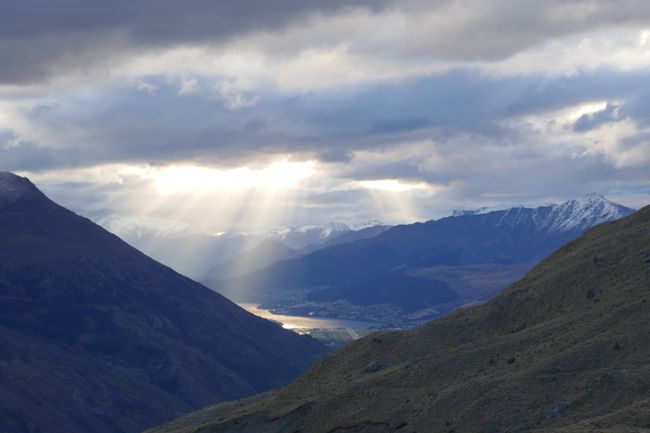
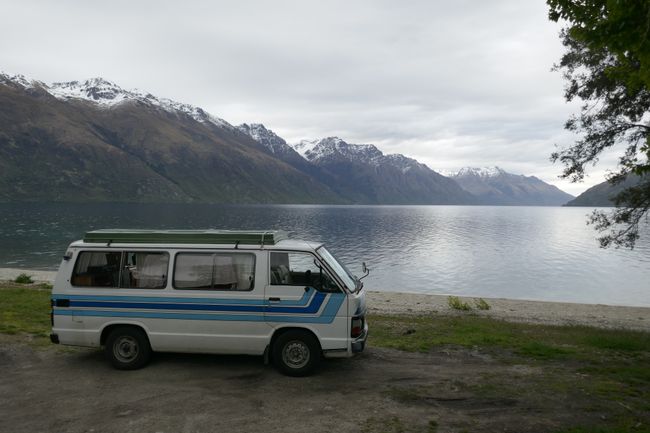
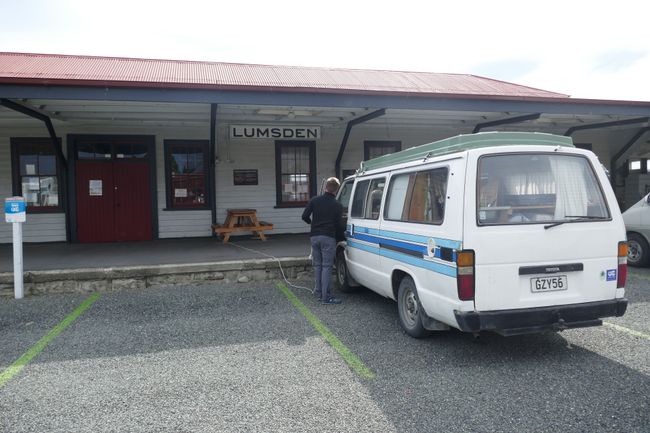
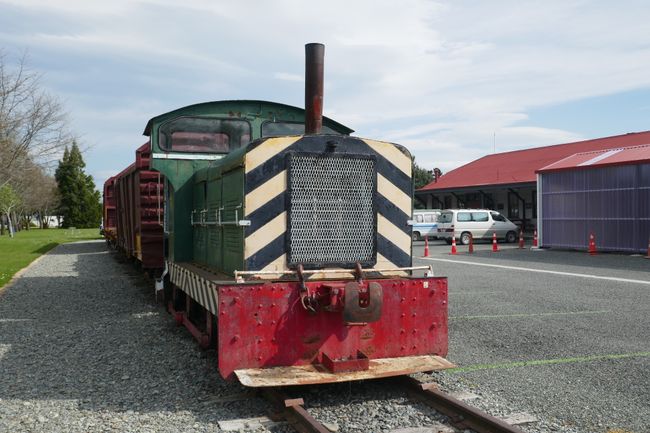
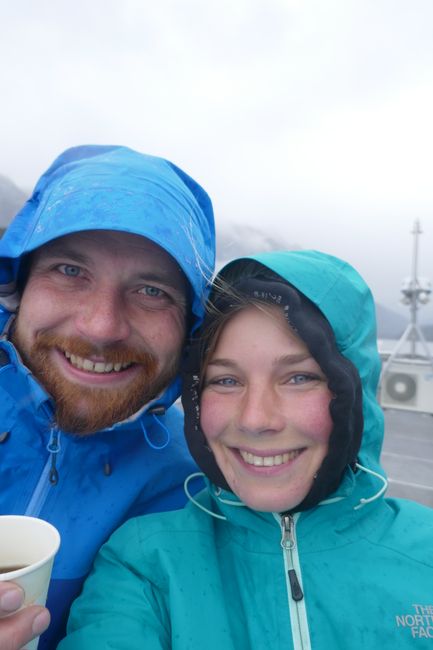
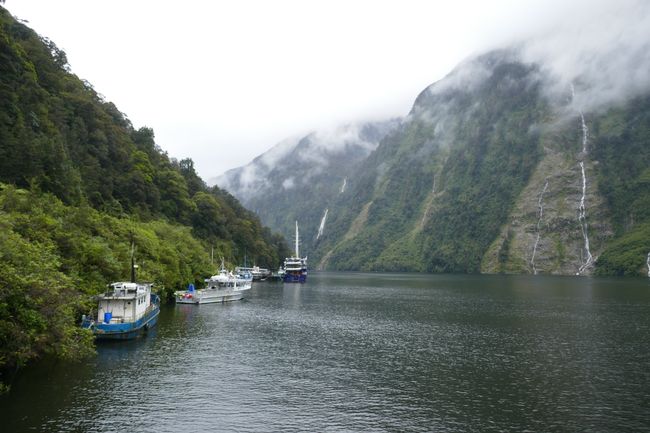
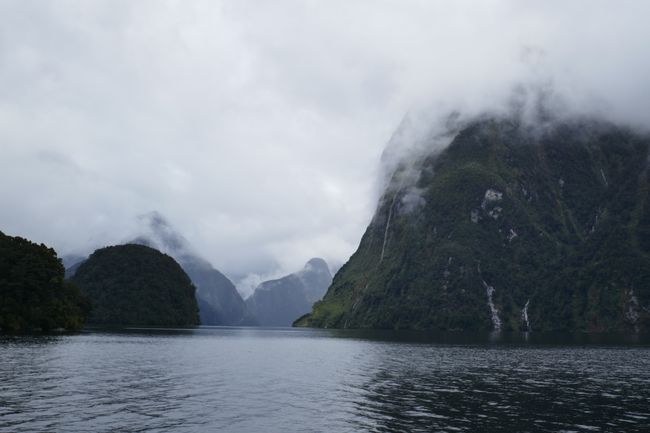
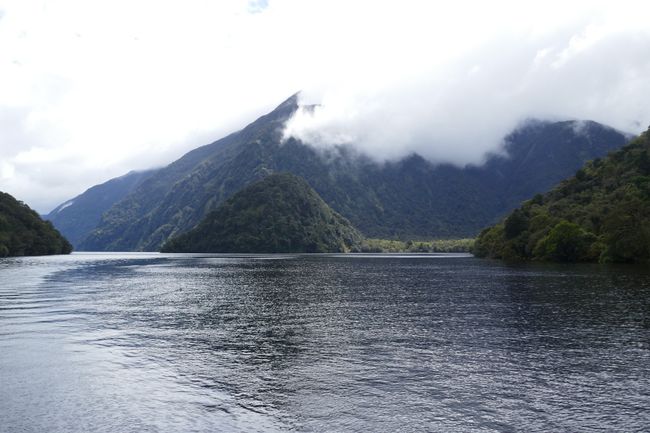
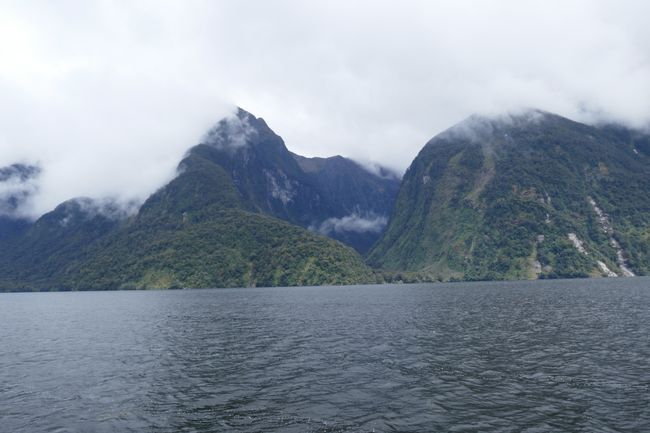
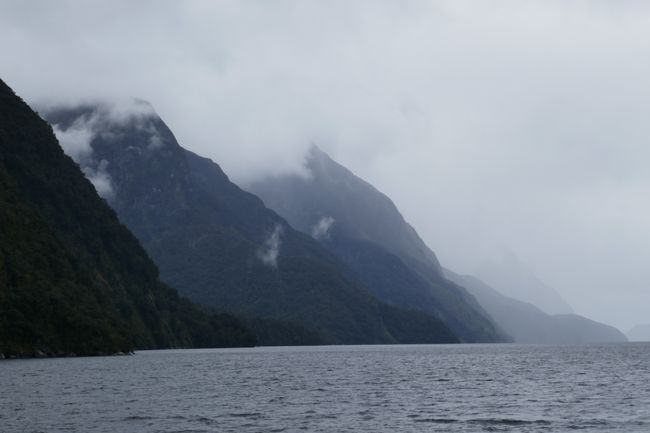
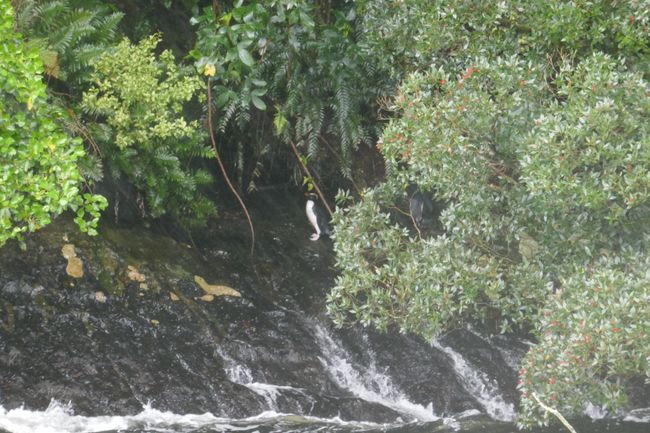

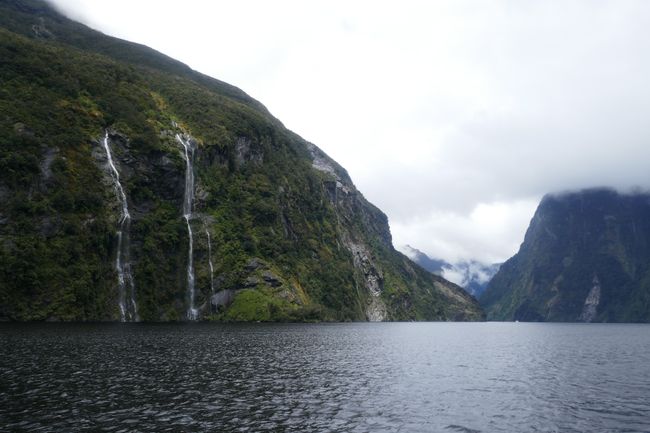
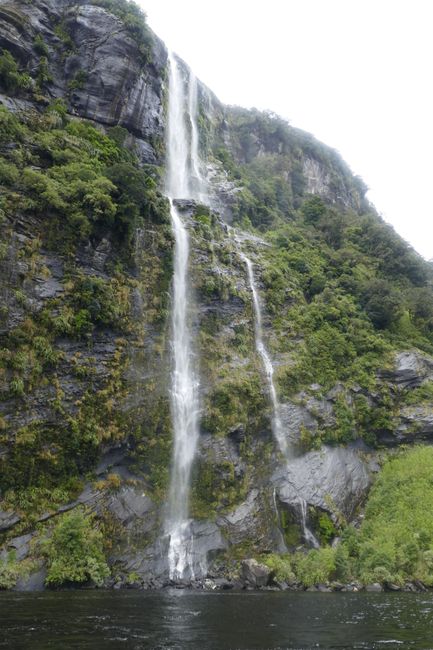
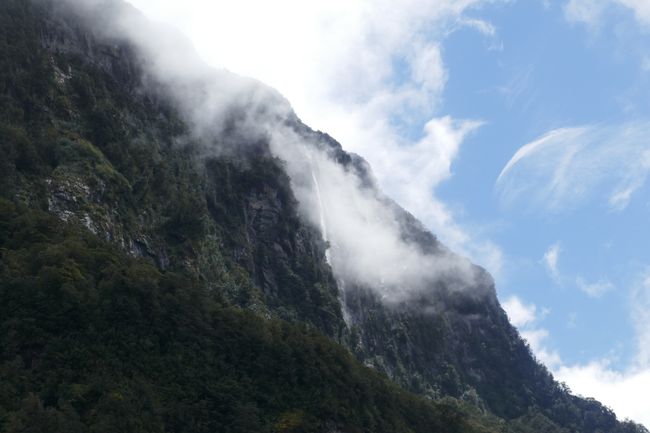
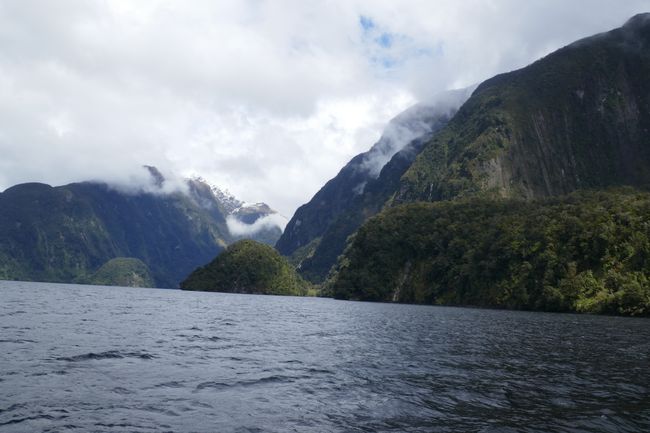
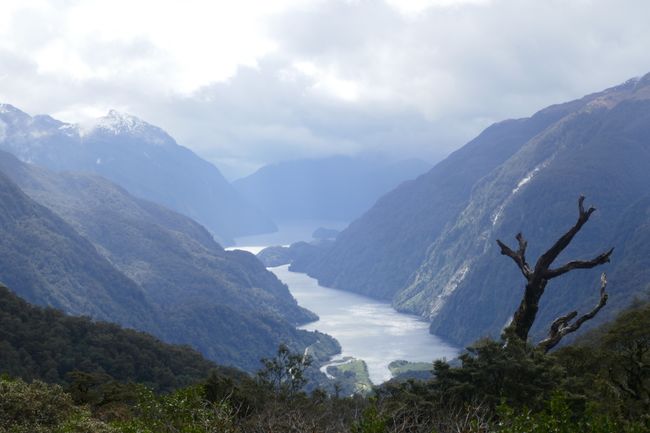
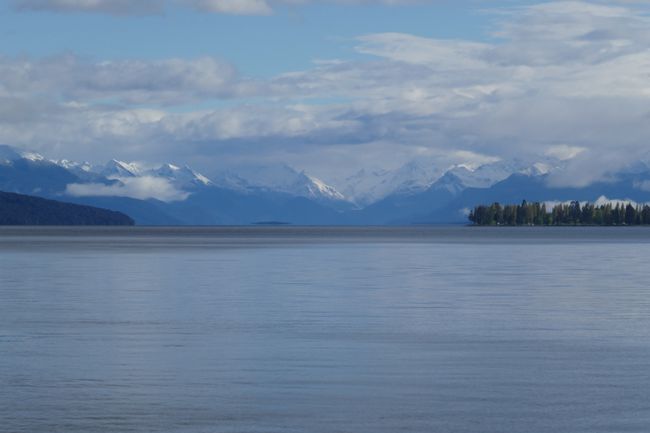
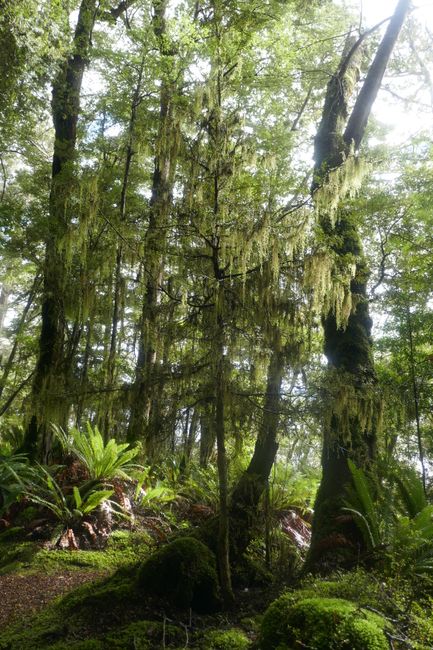
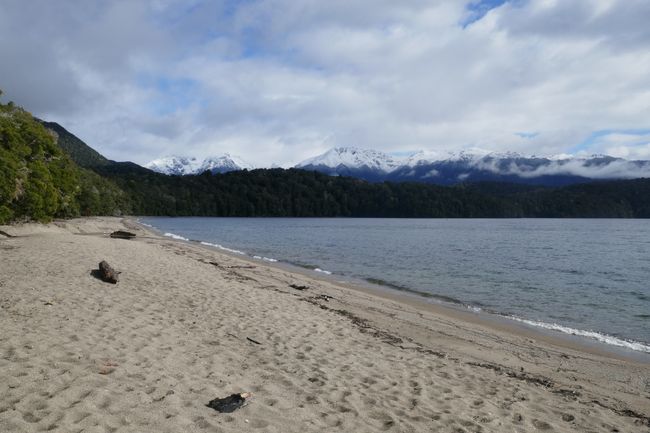
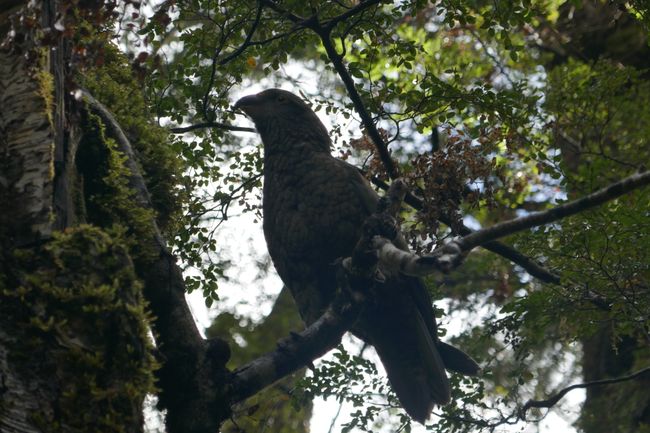
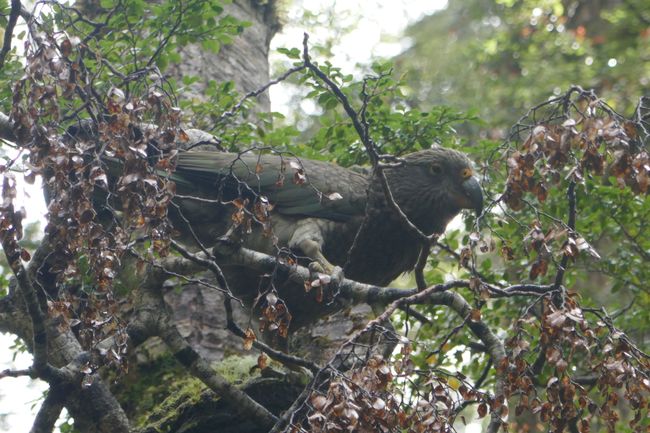
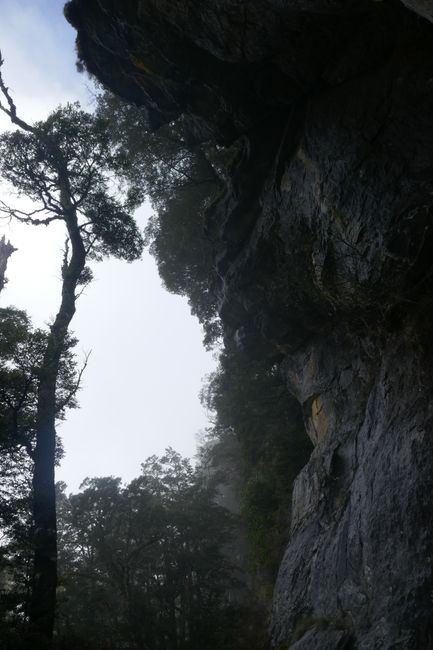
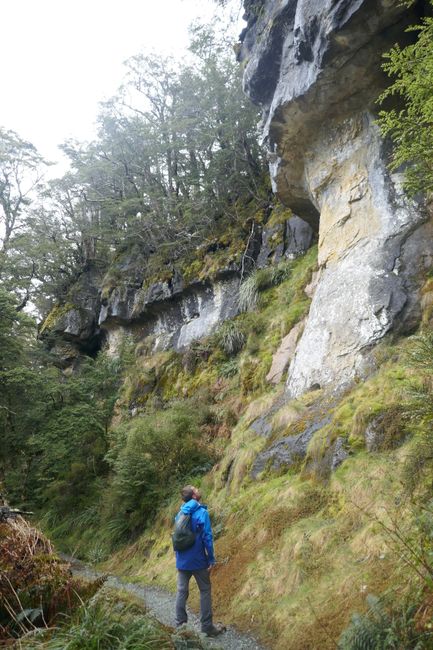
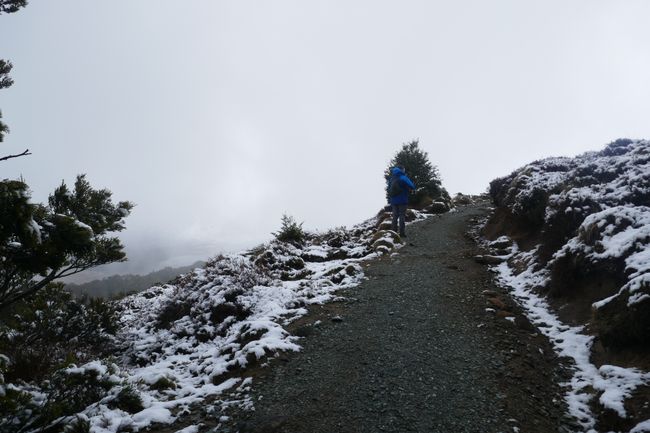
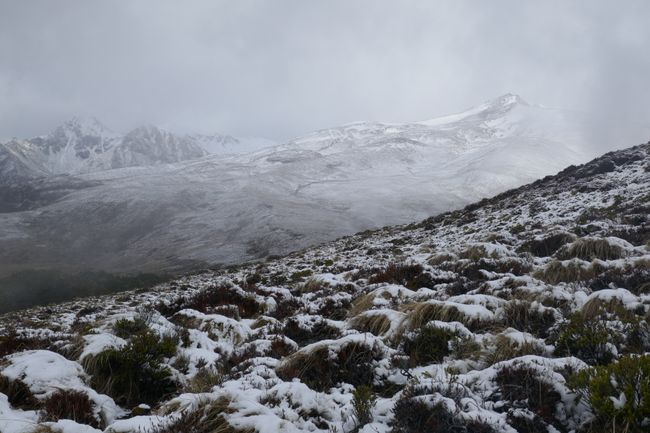
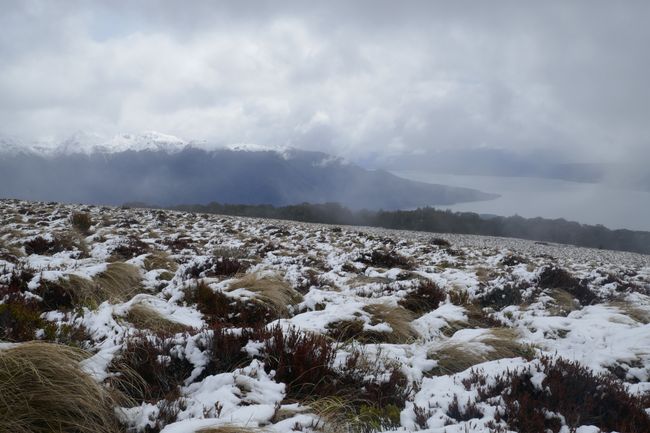

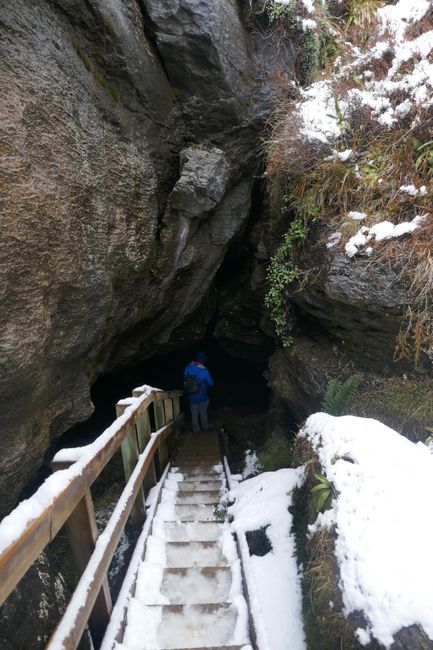
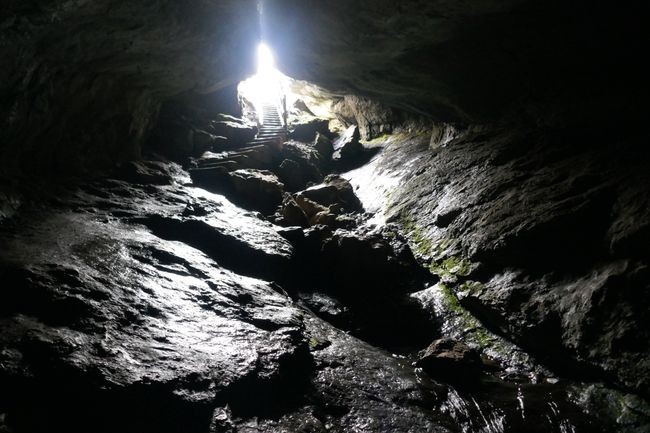
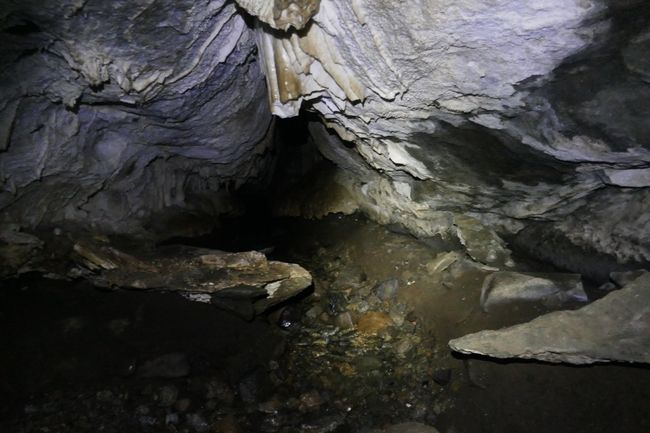
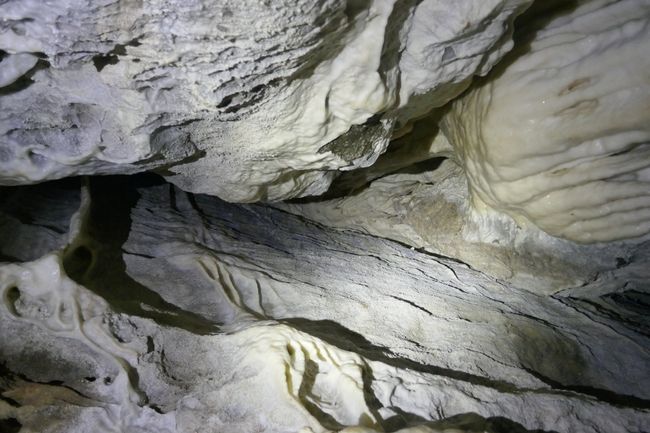
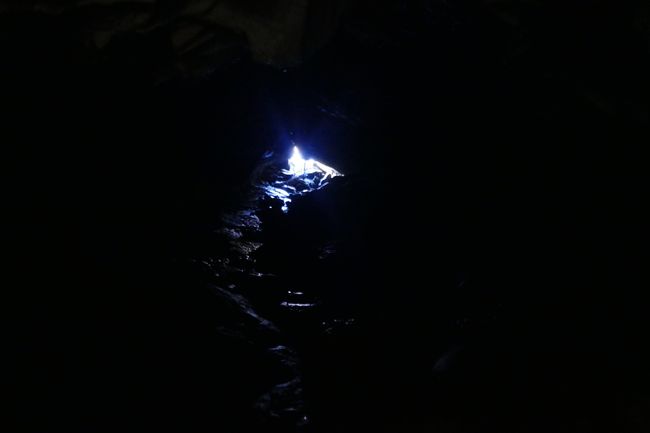
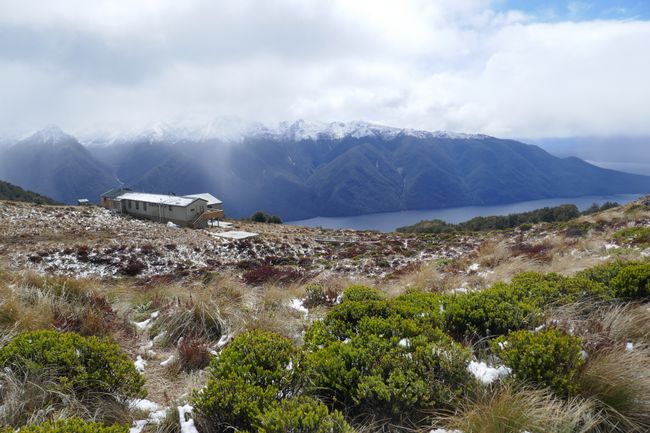
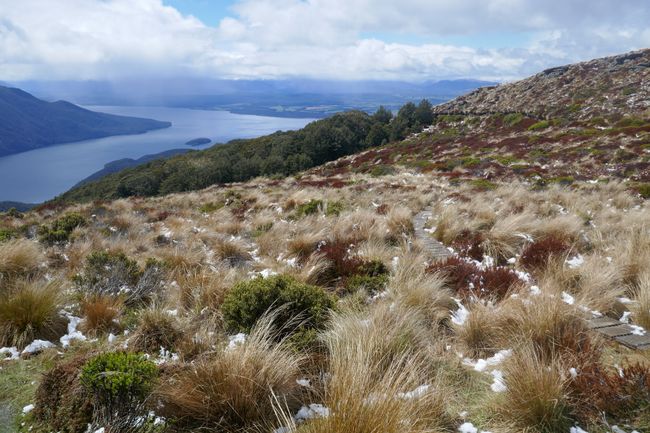
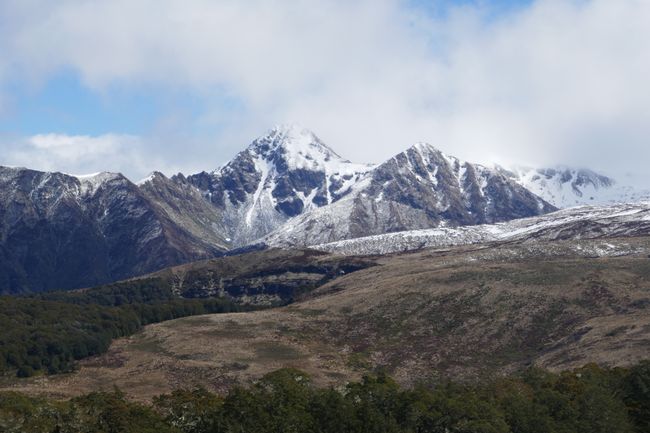
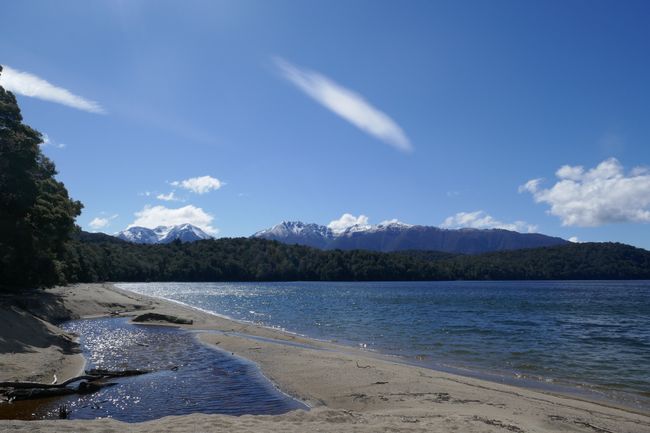
S'inscrire à la Newsletter
The ferry took us from Wellington on the North Island to Picton on the South Island in just 3 hours. The Marlborough Sounds, which you pass through on the way, are reminiscent of the Norwegian fjords with their steep mountain slopes that sink into the clear blue water.
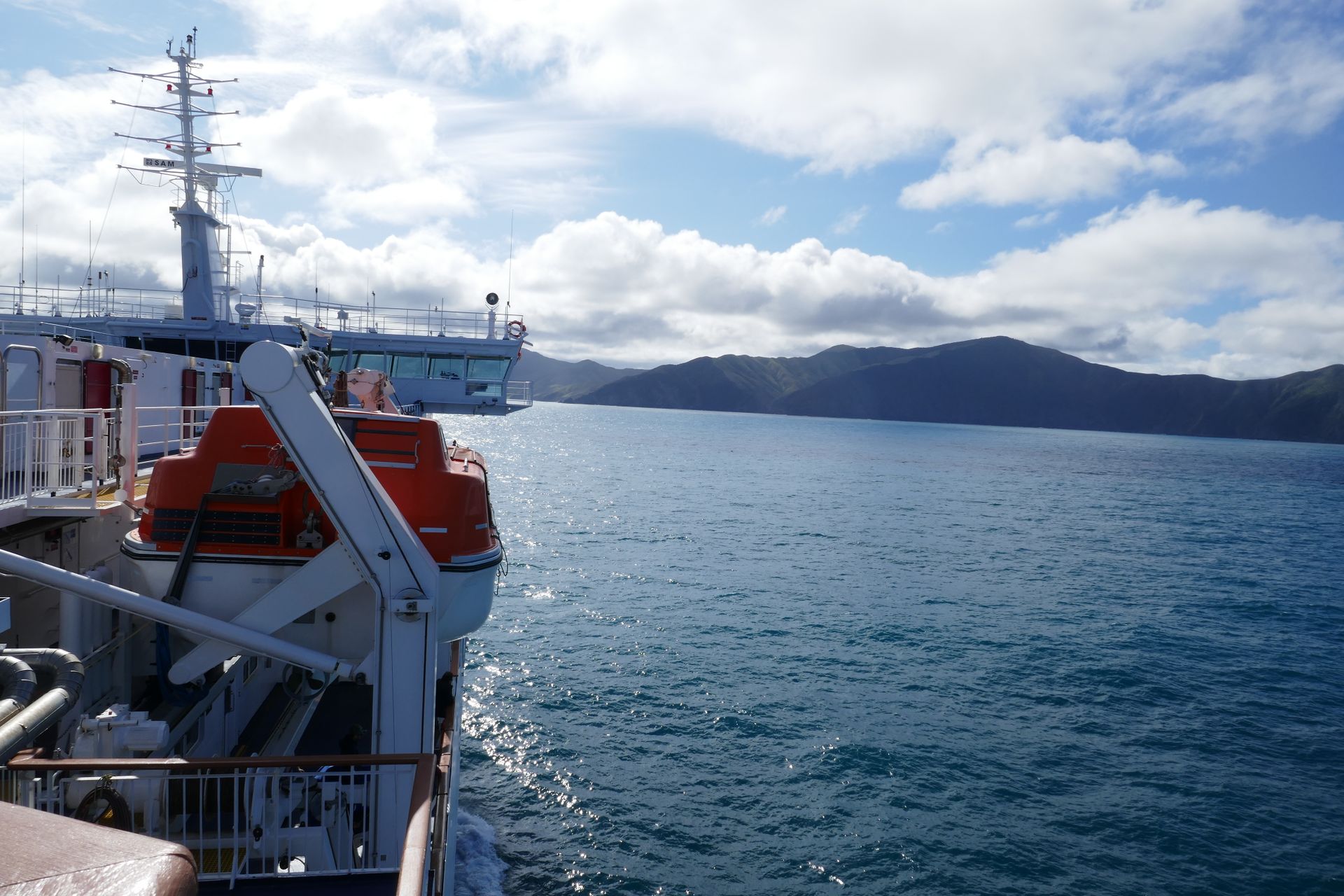
We spent the night at a large, free camping site near the ocean. There was a red van parked near us, slightly smaller than our Jimbo. At first, we only saw two guys. Then one of them disappeared and another one came back. Did he change clothes? No, there was the first guy again. And then: a few more legs. So they were actually four people traveling in the van. In the morning, we asked them how they managed to sleep in a small bus with four people. It doesn't look very comfortable, but it works!
On our way to Kaikoura, we drove along the east coast (the side facing the Pacific). A few years ago, an earthquake destroyed the road here and the repair work is still ongoing. When it becomes single-lane, there are no traffic lights to regulate the traffic. No. There are employees of the construction companies who hold up a stop or go sign. In addition, every passing car is greeted, smiled at, and greeted back. We think it's much nicer than a traffic light.

Kaikoura is the city for observing whales, dolphins, etc. It's like the capital of marine mammals! We finally wanted to see some whales too. We booked a boat tour for the next day and spent the evening with a campfire in Kaikoura. The weather wasn't so good the next morning. But the whales don't care if it's raining, right? Unfortunately, when we went to the tour operator's office, we found out that our tour had been canceled. The whales were too far out and couldn't be reached within the tour time by boat. That was disappointing. We could have booked for the next day, but the wind was supposed to pick up and the waves were going to be another meter higher. Oh no.
And as if that wasn't enough, we also discovered that there is a hole somewhere in Jimbo's roof where water is seeping into the interior. Cerina's pillow was quite wet one morning. Marius thought he had found the cause and quickly repaired it with putty.
After Kaikoura, we drove north to Blenheim and then turned northwest to Nelson. We drove through New Zealand's wine-growing region! Although we both don't really drink wine, we bought a bottle and rented a campground for two days. We needed a break. There were some funny chickens roaming around the campground, species we had never seen before. Totally crazy.


The wine was delicious, but the roof repair was not successful. But we found out that it only rains inside when the pop-up roof is open. So now we just keep it down when it's raining. Unfortunately, it rained all day, which made life in the van quite challenging. You can't look out because the windows are fogged up, and you can't stand up because the roof has to stay down. Well, we survived a day cozy in bed.
We waited out the bad weather and eventually made our way to Abel Tasman National Park. We spent two days exploring it in the best sunshine from a double kayak.

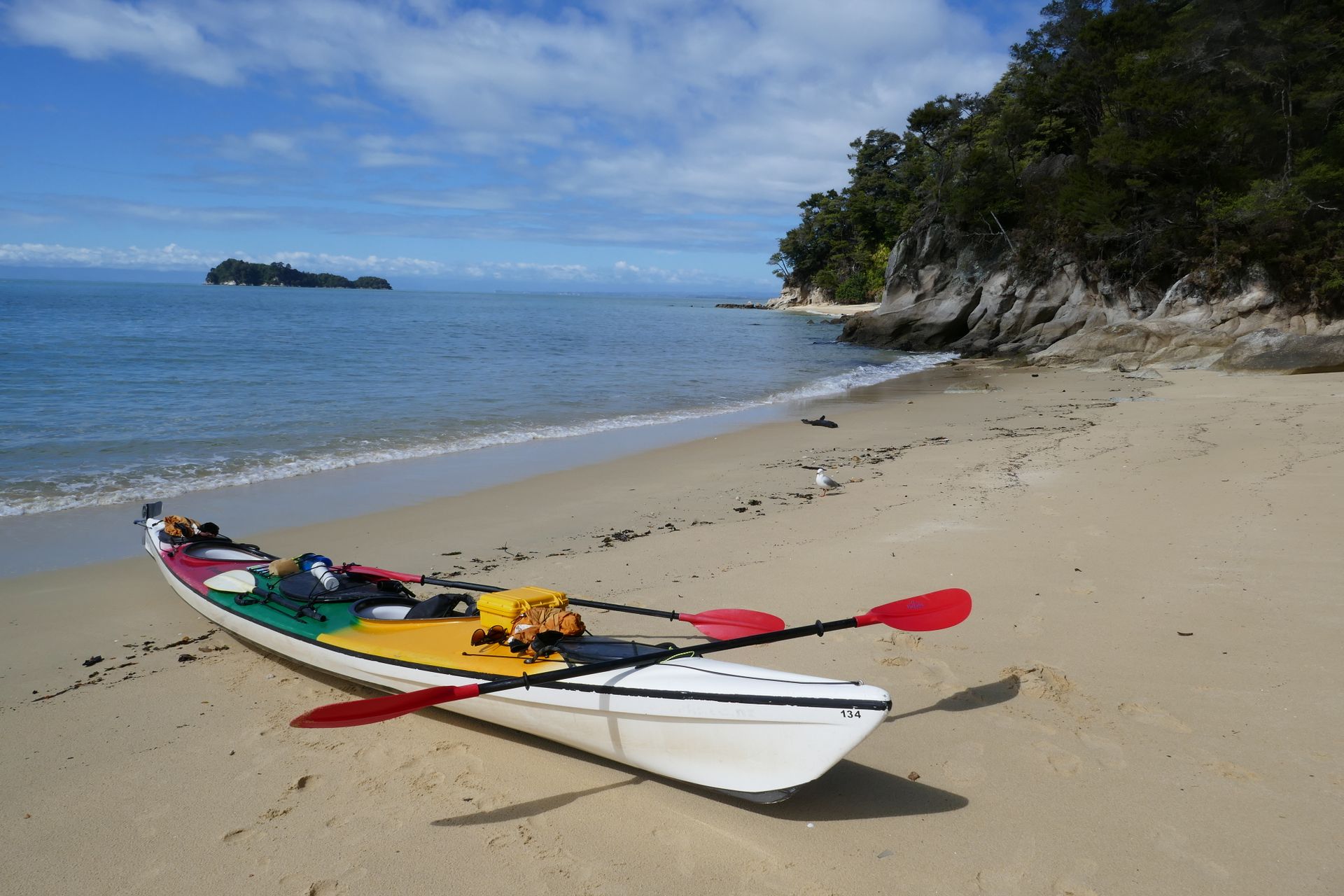

Along the coast, there are beautiful bays with sandy beaches. In between, there are usually rocks where the waves break. On the port side, we had the mainland, and on the starboard side, there were two small islands that we planned to visit the next day. We saw many birds and then paddled the "Mad Mile." This section is without the protection of the islands, so the wind and waves have a much greater impact on the water than on the previous coastal section. Our destination for today was right in this zone. The waves were really intense, but we paddled safely (and with fast strokes) into our bay, Te Pukatea Bay.


We set up our tent and took a lunch break. Then we headed out again on the Mad Mile to Anchorage Bay to hike to the Cleopatra Pools, not knowing exactly what to expect. It was a waterfall with a larger pool in front, quite nice. Back in our bay, we finally slept in our tent again. The last time we did that was in Canada. We didn't have to worry about bears here, but the bird "Weka" stole some things from our neighbors and they chased it to get their instant noodles and toilet paper back. Funny spectacle.
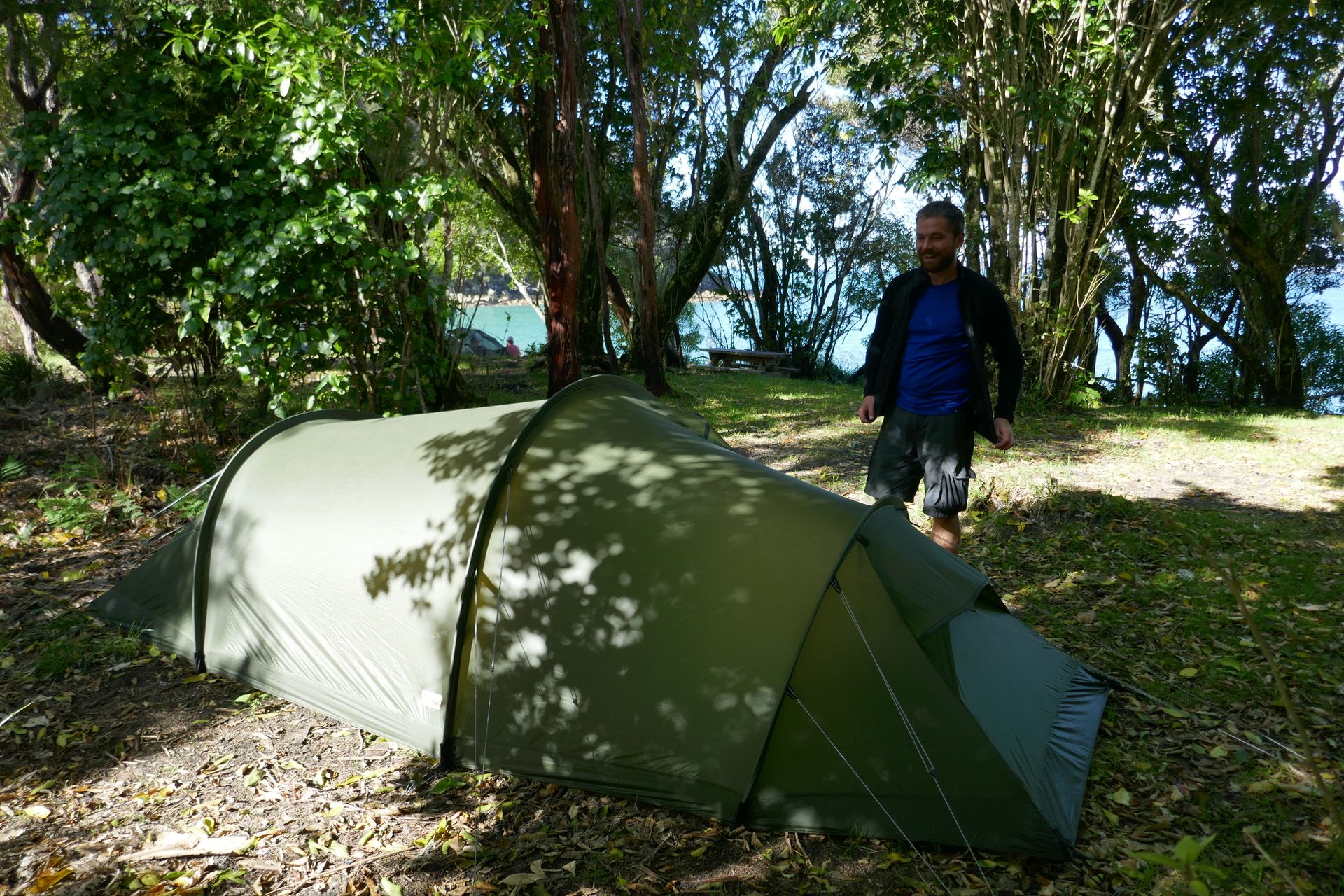

The next morning, we paddled back and stopped at both islands. We could spot a few seals on the rocks. Adventurously, we tried to sail with our camping blanket raised, but the wind was too unpredictable. When we landed on the second beach, a seal crawled towards us. We were afraid it would find our kayak too interesting, but it considered it boring and crawled back into the sea. How can an animal smell so bad.



We then continued to Split Apple Rock. It's a stone about 5m in diameter that is split in the middle. After that, we returned the kayak, had a hamburger to eat, and drove south with Jimbo.
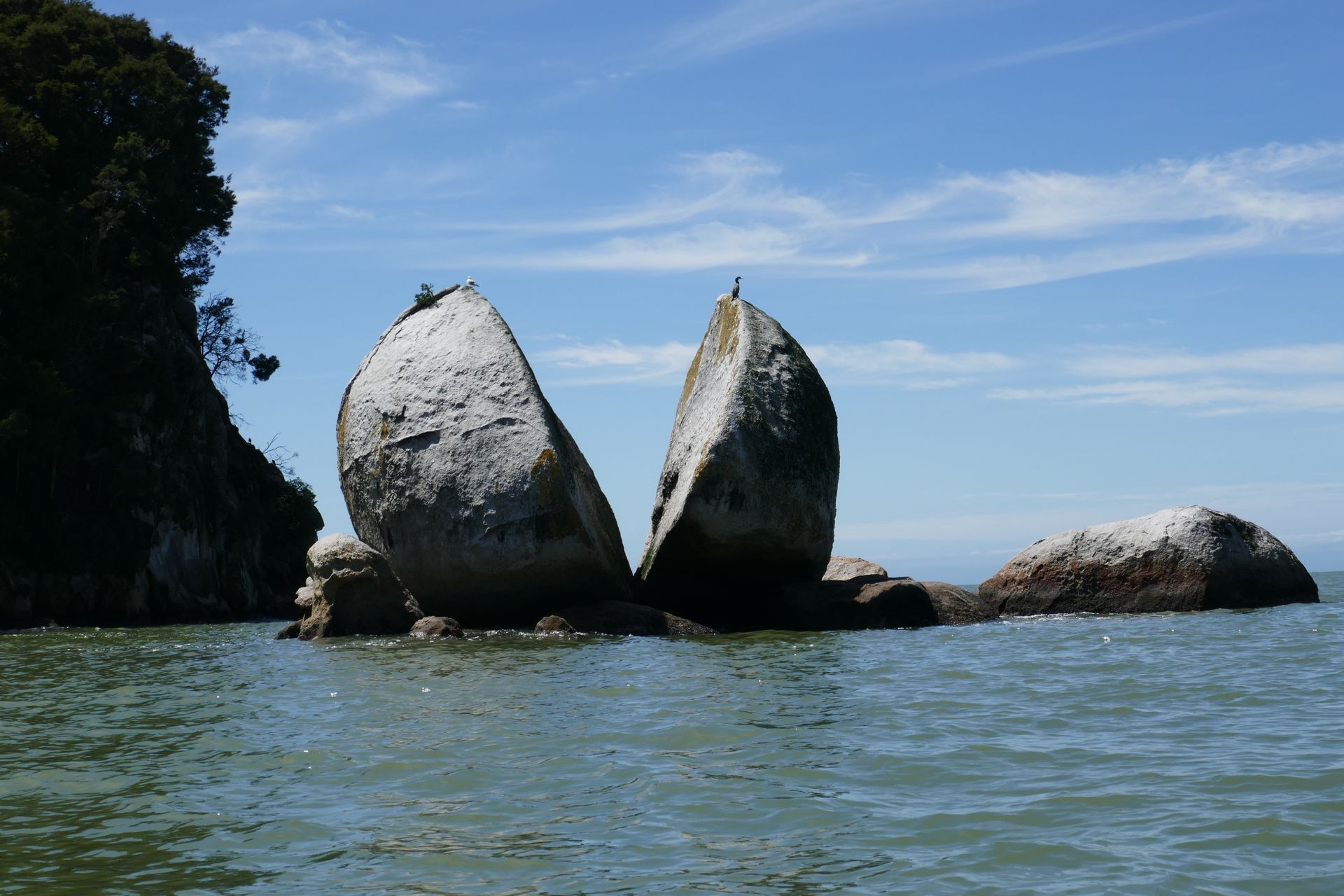
At a free camping site, we met two couples again, whom we had already met separately before. You often run into each other here.
Our route took us down the west coast to the Pancake Rocks. These rock formations got their name because they look like stacked pancakes. Why they look the way they do is not entirely certain. Scientists are still debating about it. On the other side of the road, there is a restaurant where you can eat pancakes. They were unquestionably delicious!


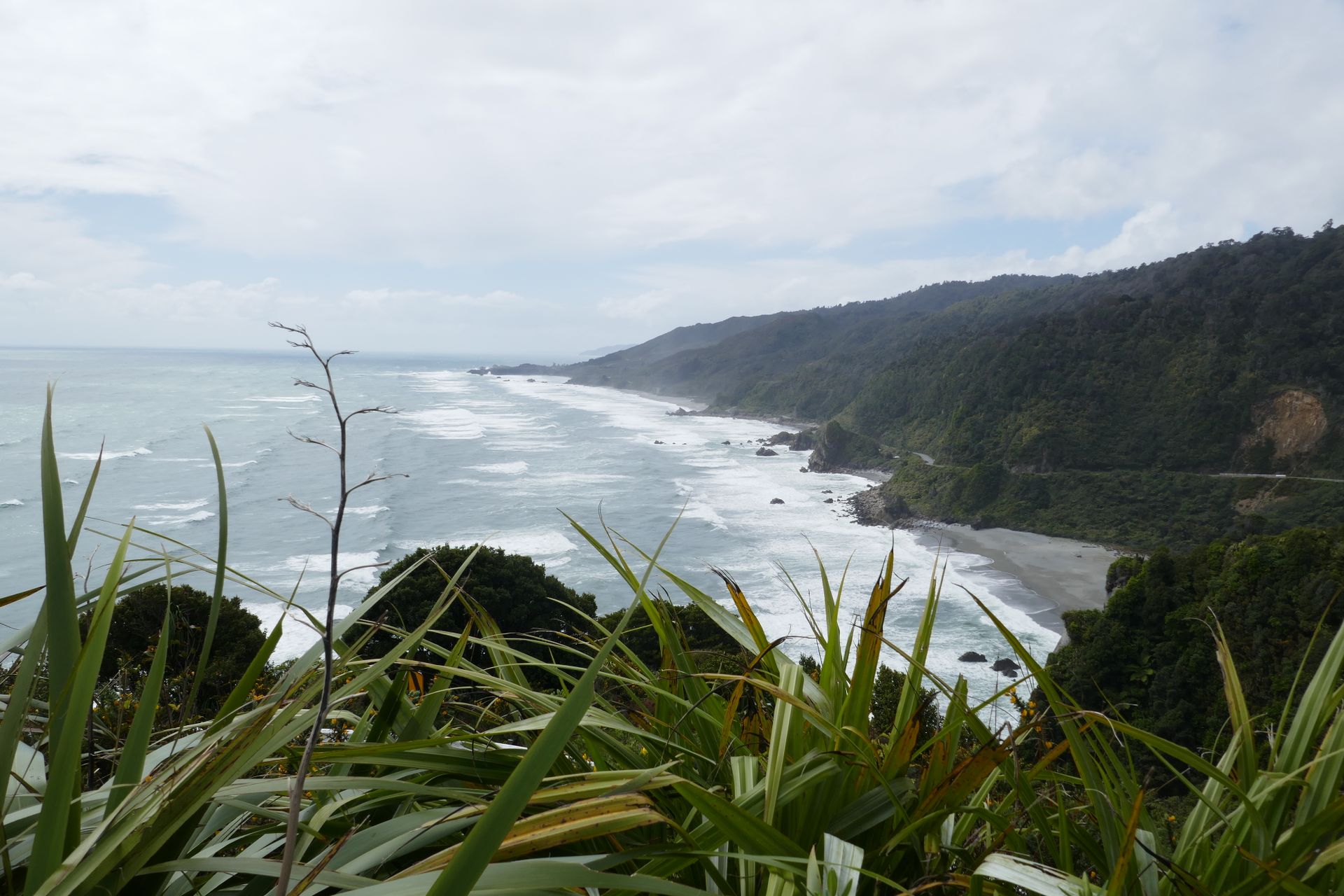
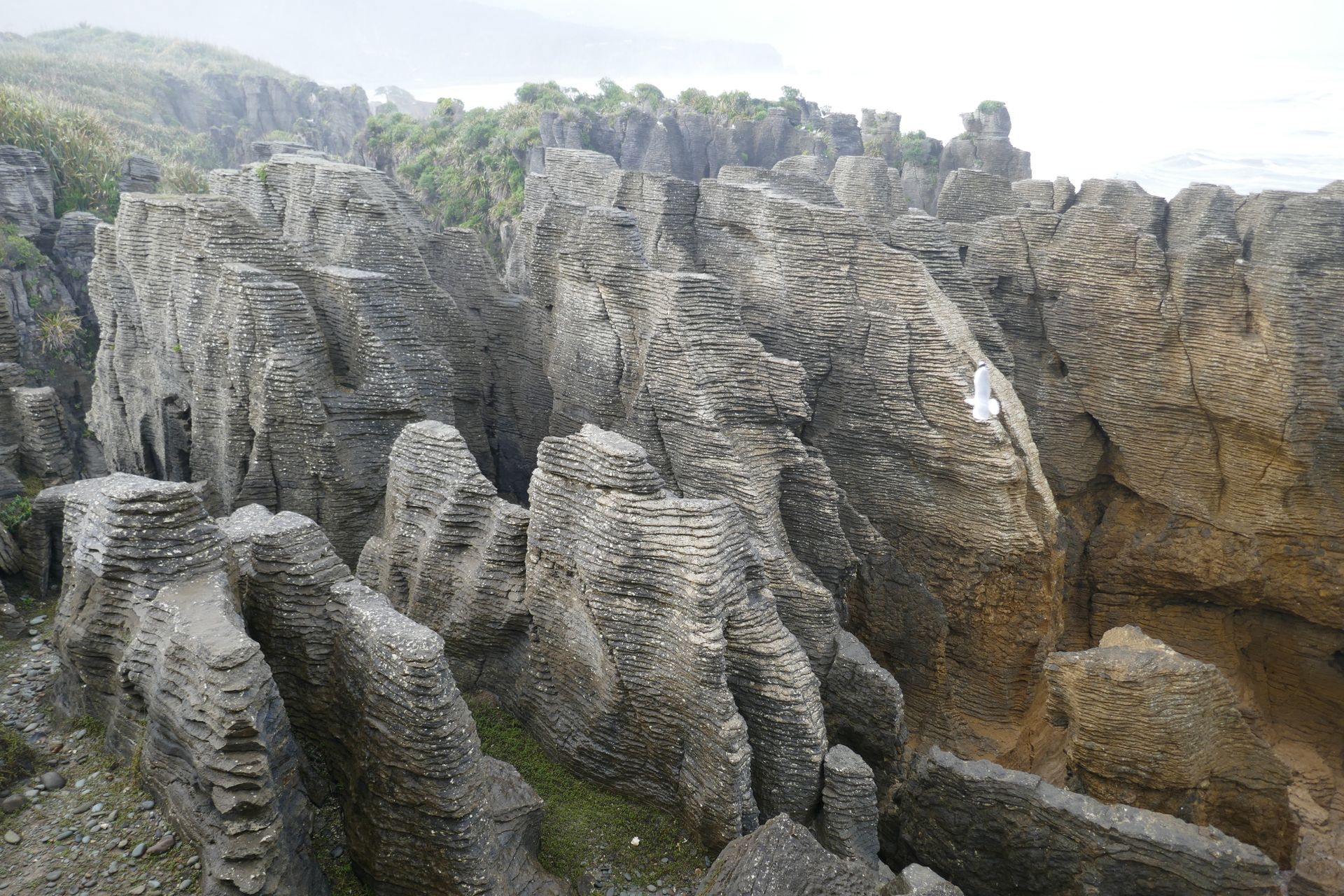
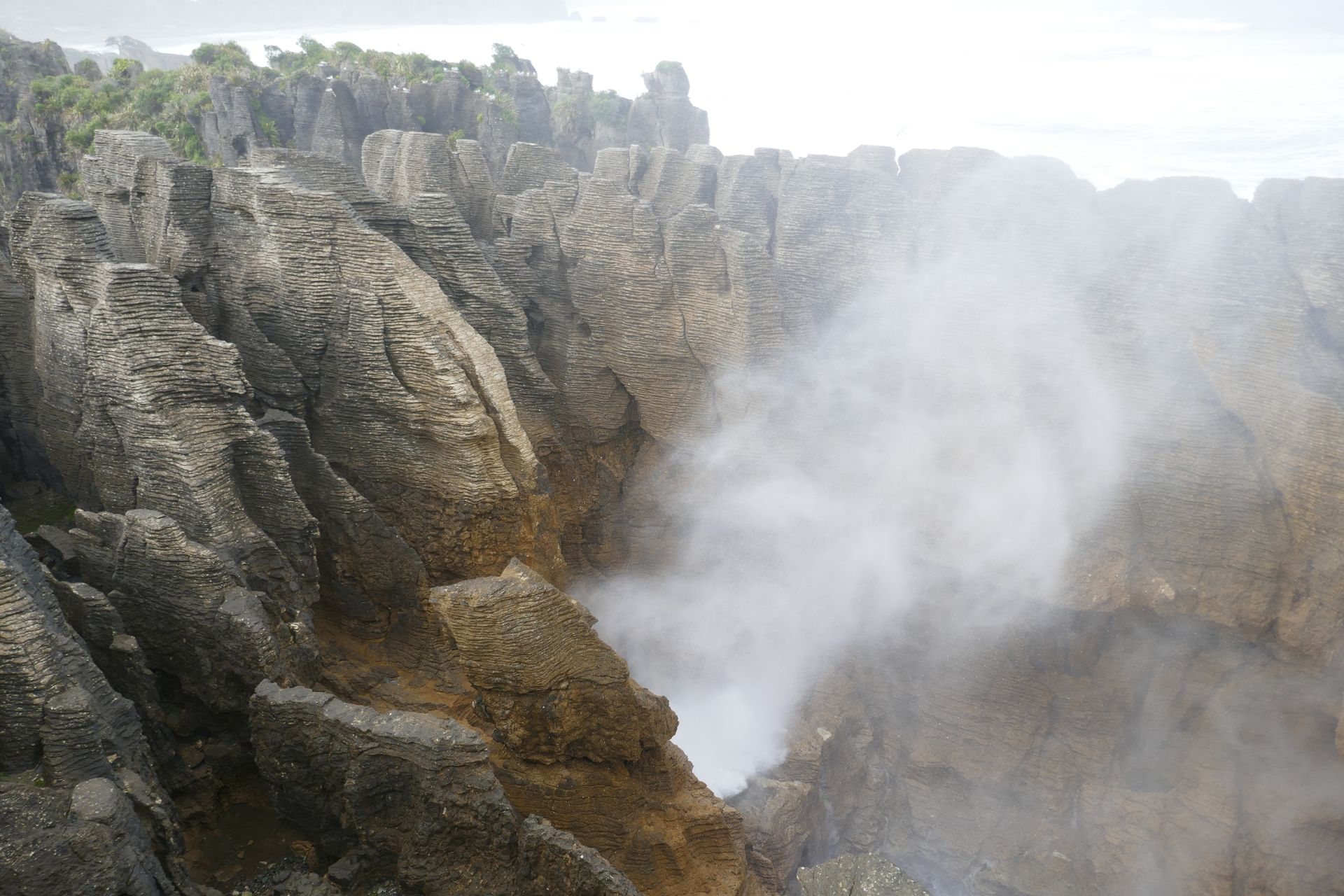
Following the coastline south, we reached the Franz Josef Glacier. Like many other glaciers on Earth, this one has been severely affected. There is a viewpoint there, just 20 minutes from the parking lot. However, from there, you can hardly see the glacier anymore, only a small part in the upper area. In front of you is just a wide, gray, and long glacier riverbed. Many years ago, the glacier reached this viewpoint. Climate change is clearly noticeable here, and it's depressing. Meanwhile, helicopters fly tourists over the glacier and back every 5 minutes. Very sustainable!...
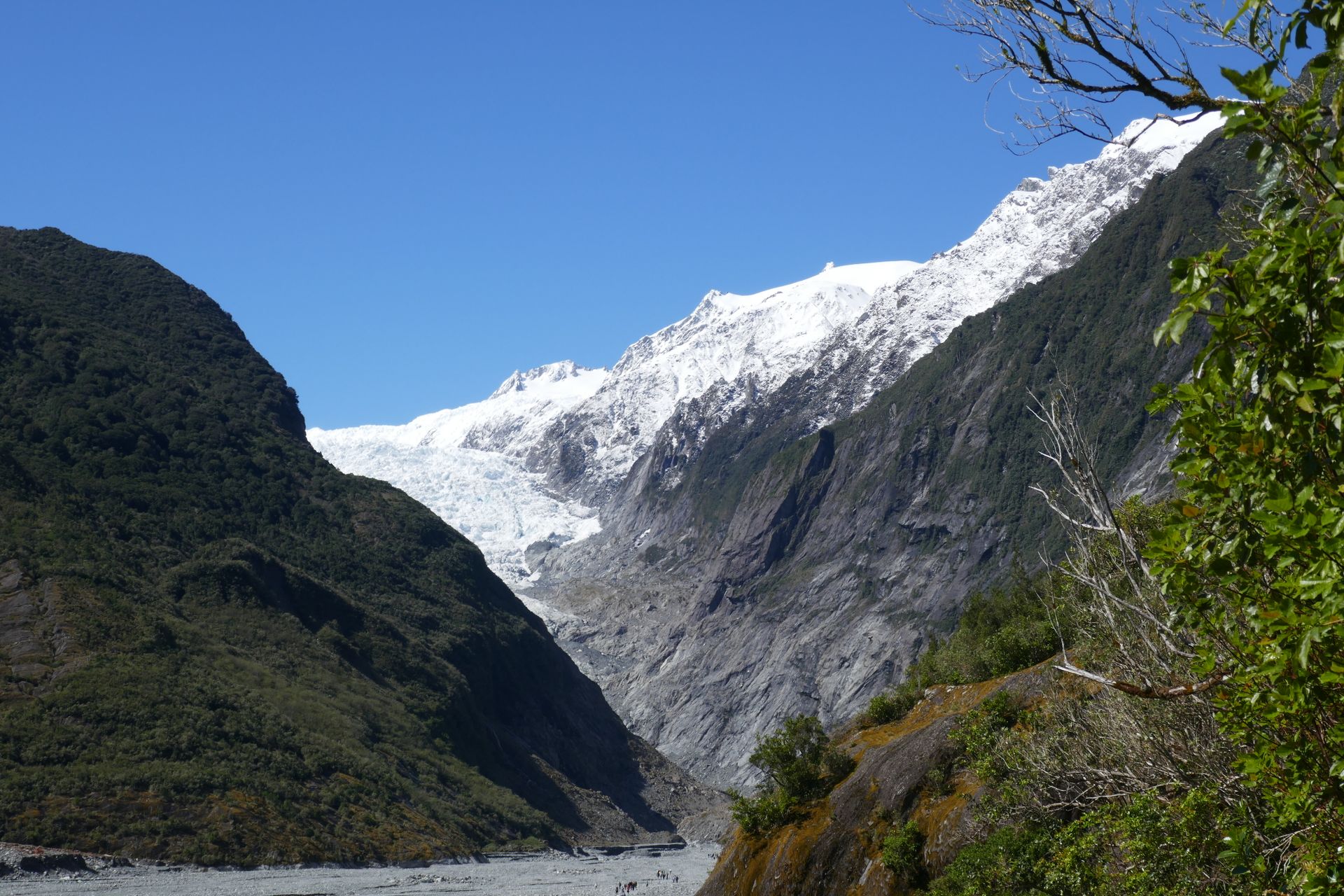

A bit further down the road, you come to the Fox Glacier, which you can no longer see from the road. We turned off and drove to Lake Matheson, New Zealand's most photographed lake. However, it's not because the lake is so beautiful, but rather because (when the water surface is very calm) the mountain panorama with New Zealand's highest mountains, Mount Cook and Mount Tasman, is beautifully reflected in the lake. Unfortunately, there was a slight wind when we were there.



We covered a lot of distance in Jimbo during these days, and there is always something to see along the way. For example, the Blue Pools with their clear, deep water, that one particular tree in Lake Wanaka, or the distillery in Cardrona, which produces single malt vodka, among other things.

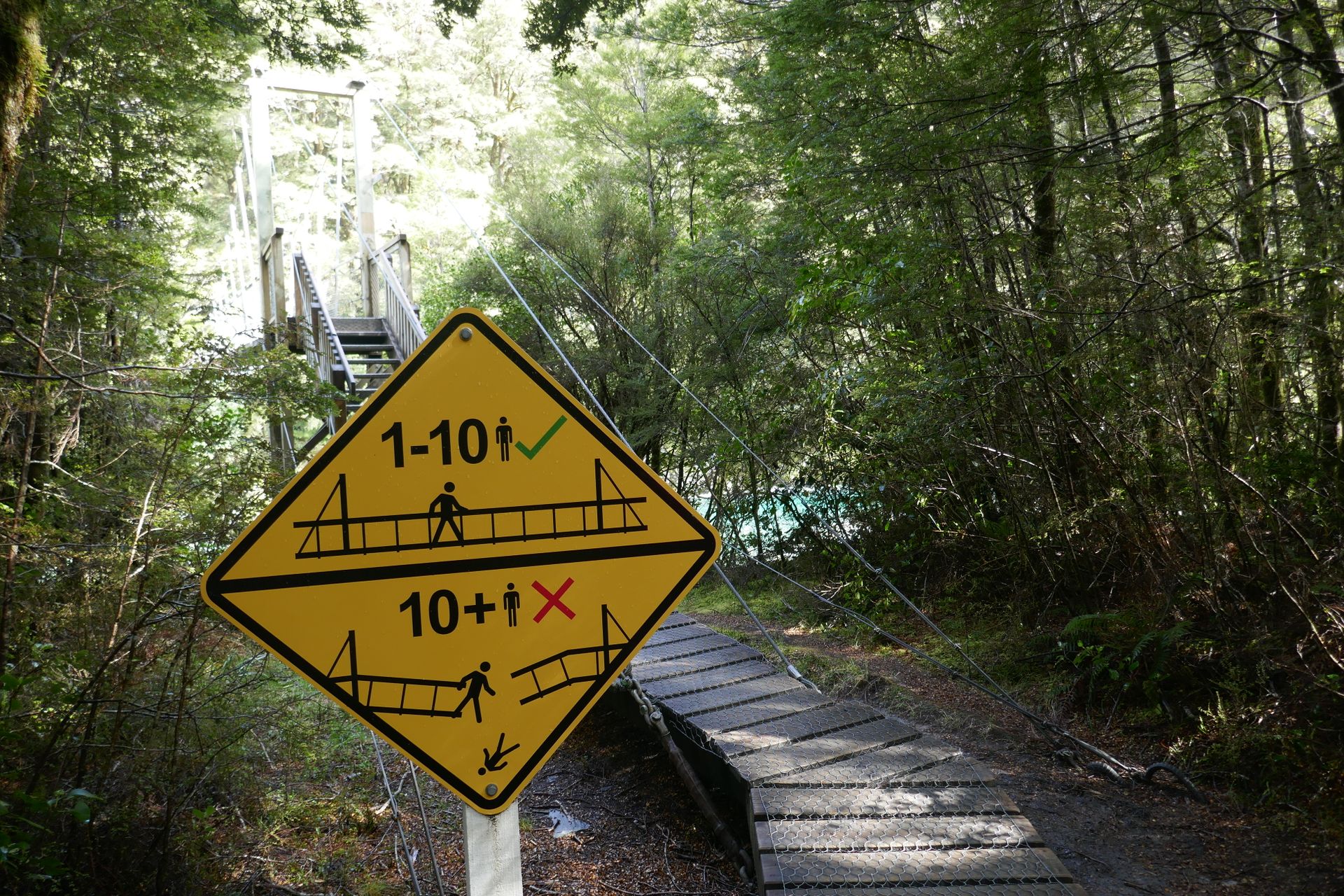


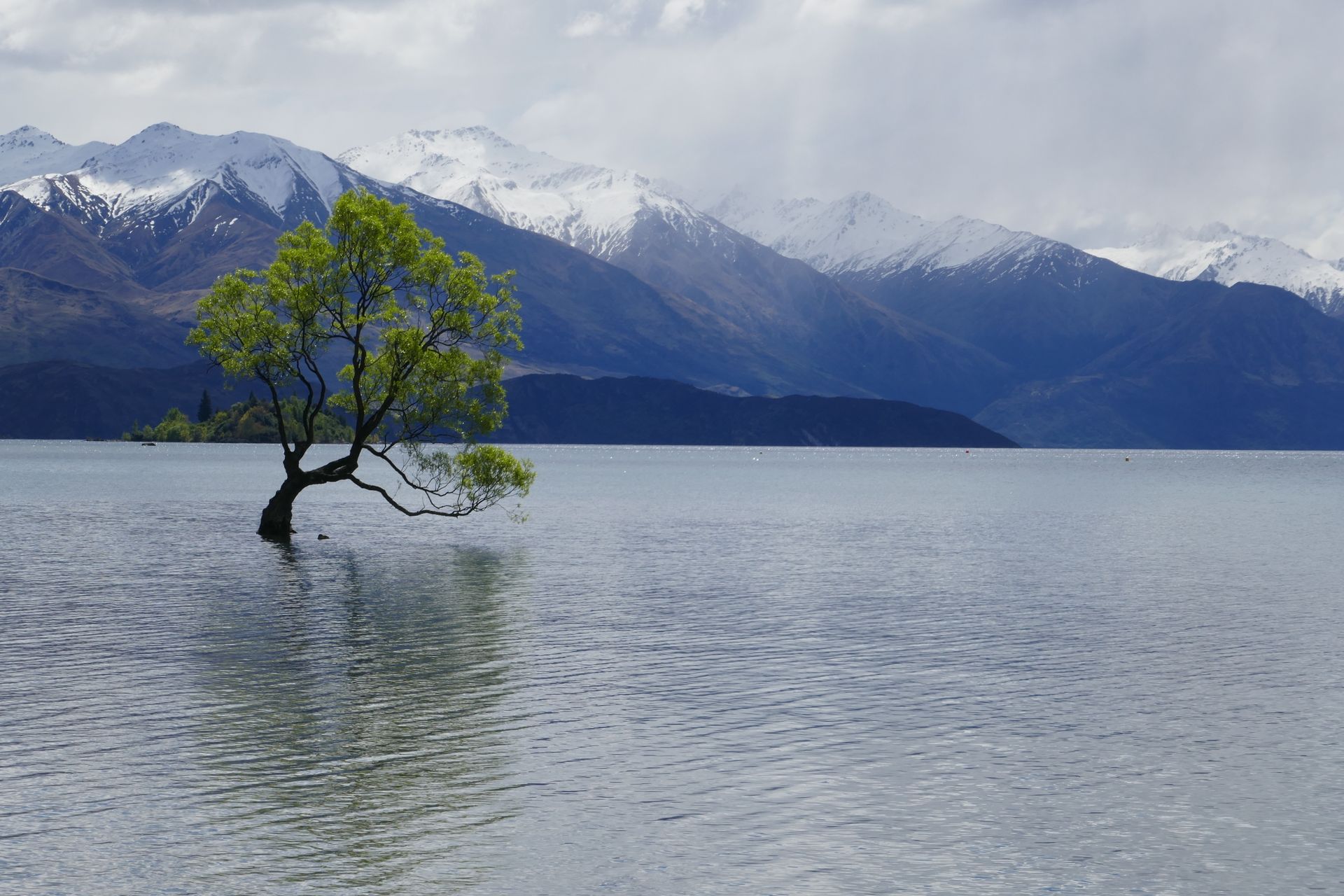
Before we went to Queenstown, we spent a night on the Crown Terrace Pass. From there, you have a beautiful view of Queenstown and the surrounding mountains. It was quite cold and incredibly windy, but it was also a beautiful free sleeping spot.


In Queenstown itself, we just went shopping and planned the next excursions: Doubtful Sound and the Kepler Track. The latter starts its season at the time we arrive, which means that the price for staying in the hut goes from $15 to $130 per person! We don't agree to that. But more on that later.
Then New Zealand played again in the Rugby World Cup. It was the semifinal against England. We watched the game in a hotel bar in Lumsden. Unfortunately, New Zealand lost, but the beer was still delicious.
Two days later, it was time for the trip to Doubtful Sound. We took a boat from Manapouri across the first lake. It was drizzling and cold, but there was free coffee and tea on board to keep warm. A bus took us over a pass to the Doubtful Sound boat landing. This "sound" is a fjord with many arms, steep mountain slopes, many animals, and amazing water. The onboard coffee machine kept us well supplied, and we enjoyed the view. We even saw one of the rarest penguins in the world: the yellow-eyed penguin. The weather cleared up over time, and then the sun came out. There were waterfalls everywhere, and the clouds clinging to the mountain slopes were dissolved by the sun. On the way back, everything looked completely different. It was truly a beautiful tour!





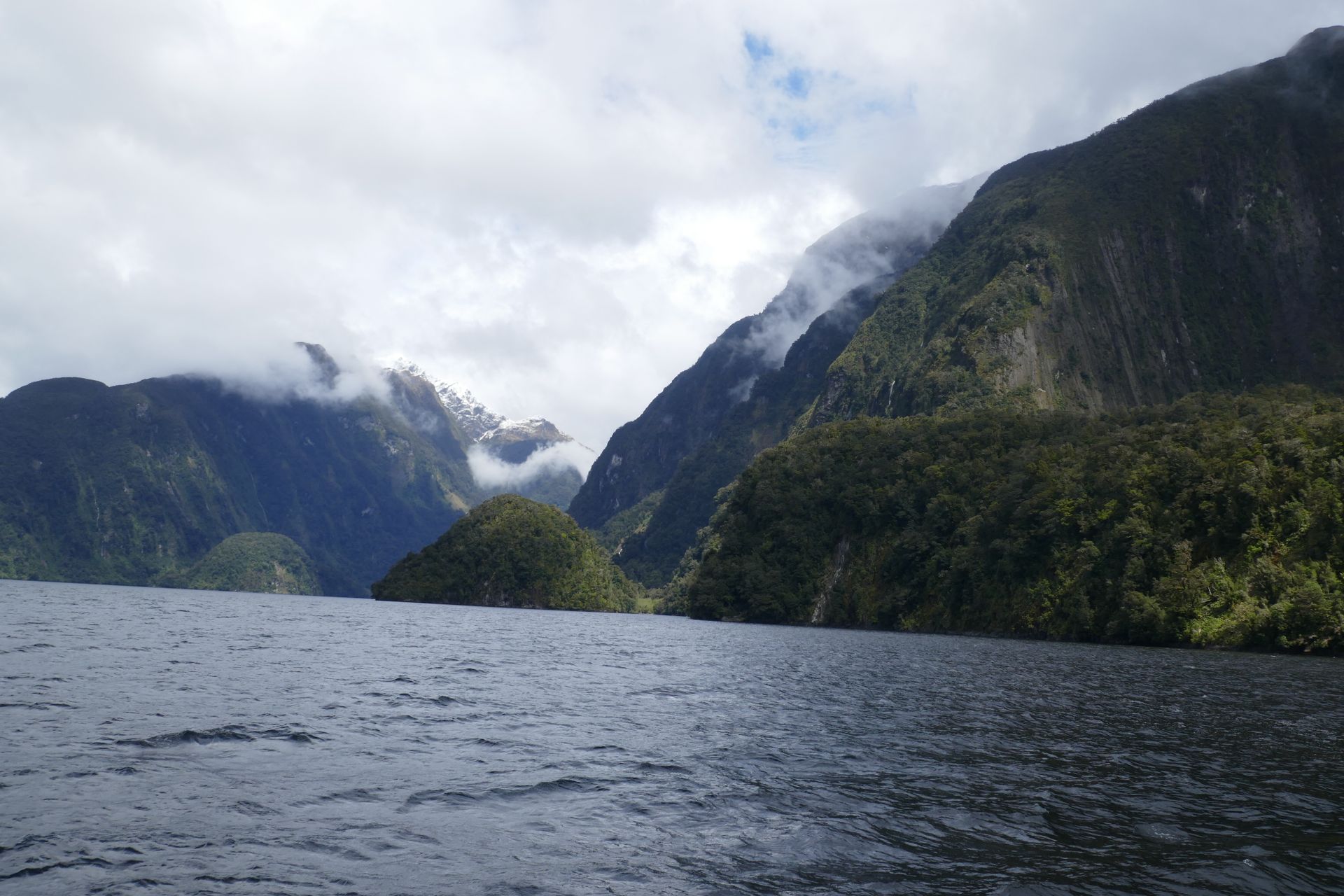

After a good night's sleep, we checked the weather forecast and then made our way to the Luxmore Hut. This first part of the Kepler Track follows a lake and then goes uphill for a long time through dense fern forests. It was cold with high humidity and occasional drizzle. Constantly wiping cold sweat from our faces due to the effort, not pleasant. But we did get to see a kea, a New Zealand parrot that lives in alpine areas and is very curious. When we finally reached the treeline after a long time, we found ourselves in a barren, snowy landscape. We reached the Luxmore Hut, sweaty and tired, and happily bit into our sandwiches. We visited a nearby cave and then made our way back. All of a sudden, all the clouds had disappeared and the sun was shining, very nice!






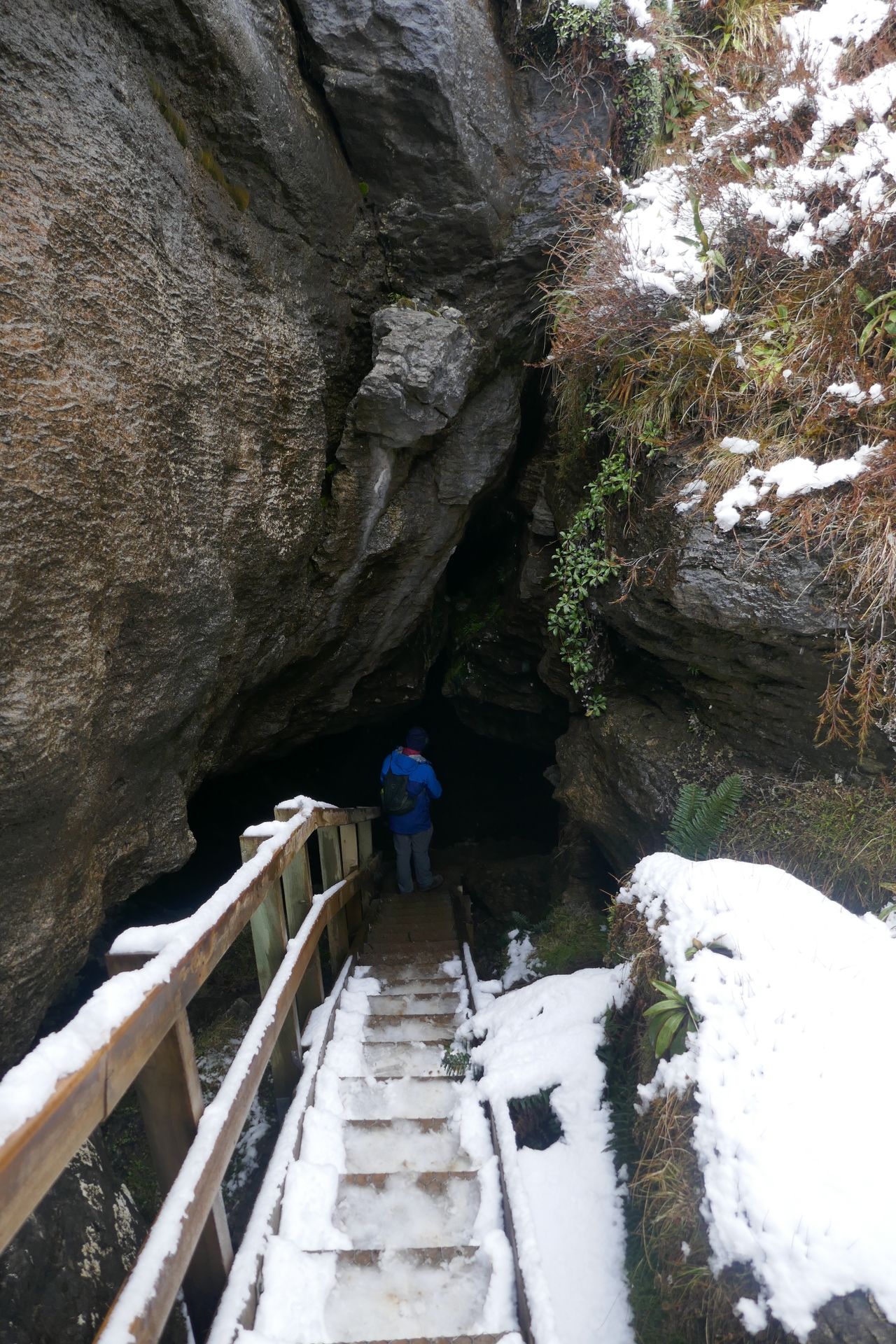
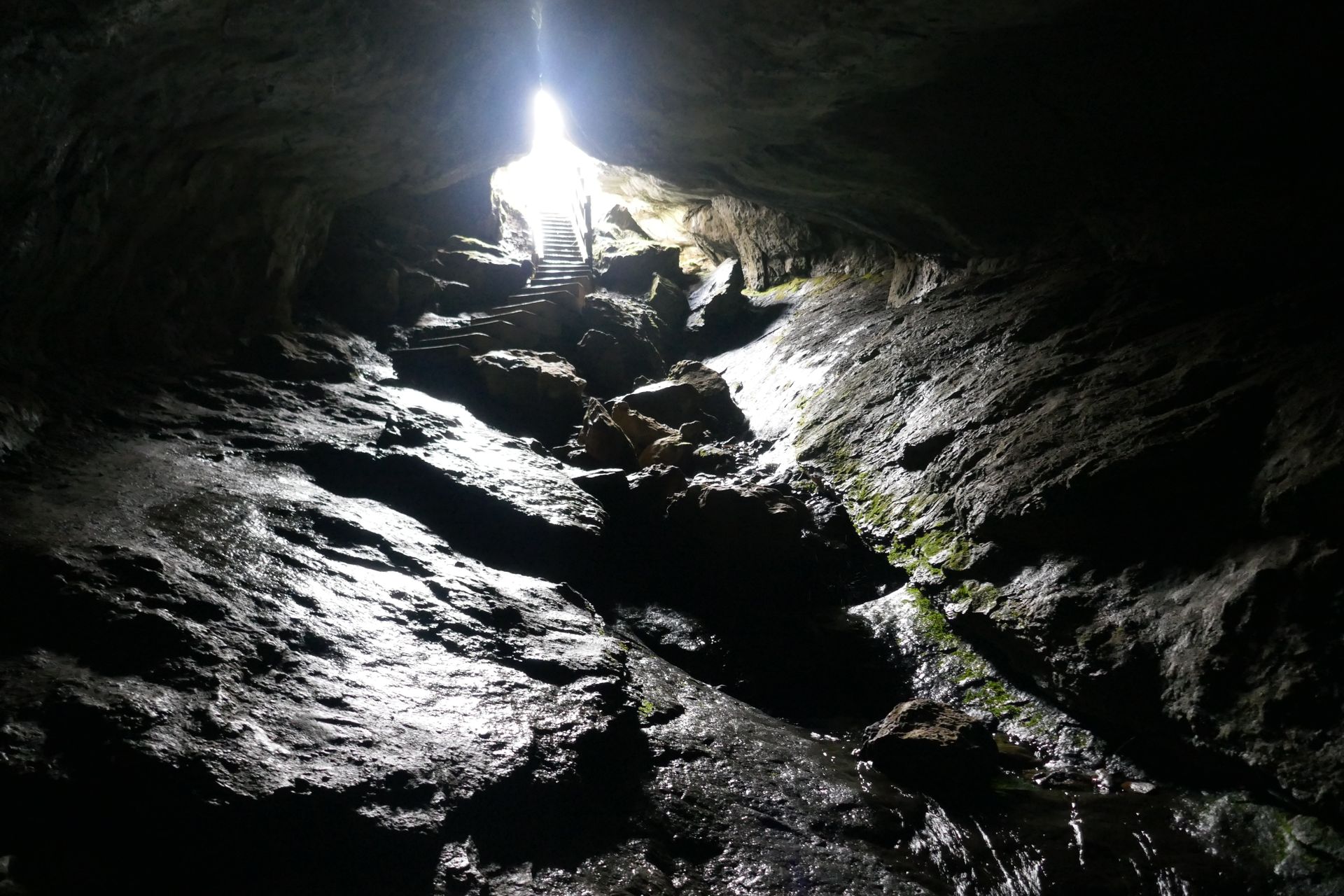

From the hut, Annika and Christoph waved at us. A couple from Munich whom we met two days ago at a campground and who happened to have taken the same Doubtful Sound tour. They had spontaneously decided to do this hiking trip as well, so we went down together. We talked a lot, but the path just didn't seem to end. After a total distance of 30 km and 1000 meters of elevation gain, we finally reached the car again. We said a heartfelt goodbye, with the prospect of seeing each other again back home. We fell into bed, completely exhausted.
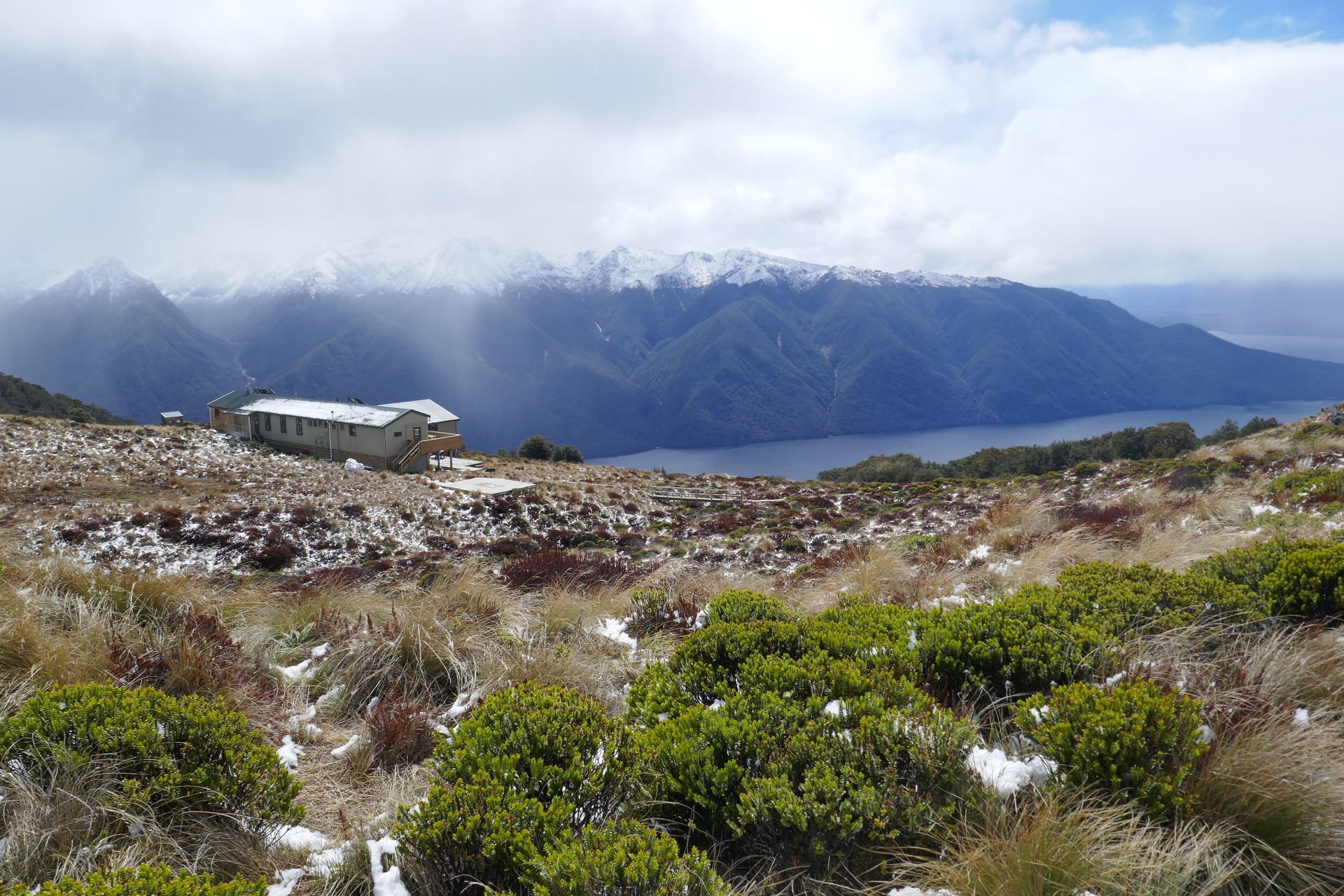


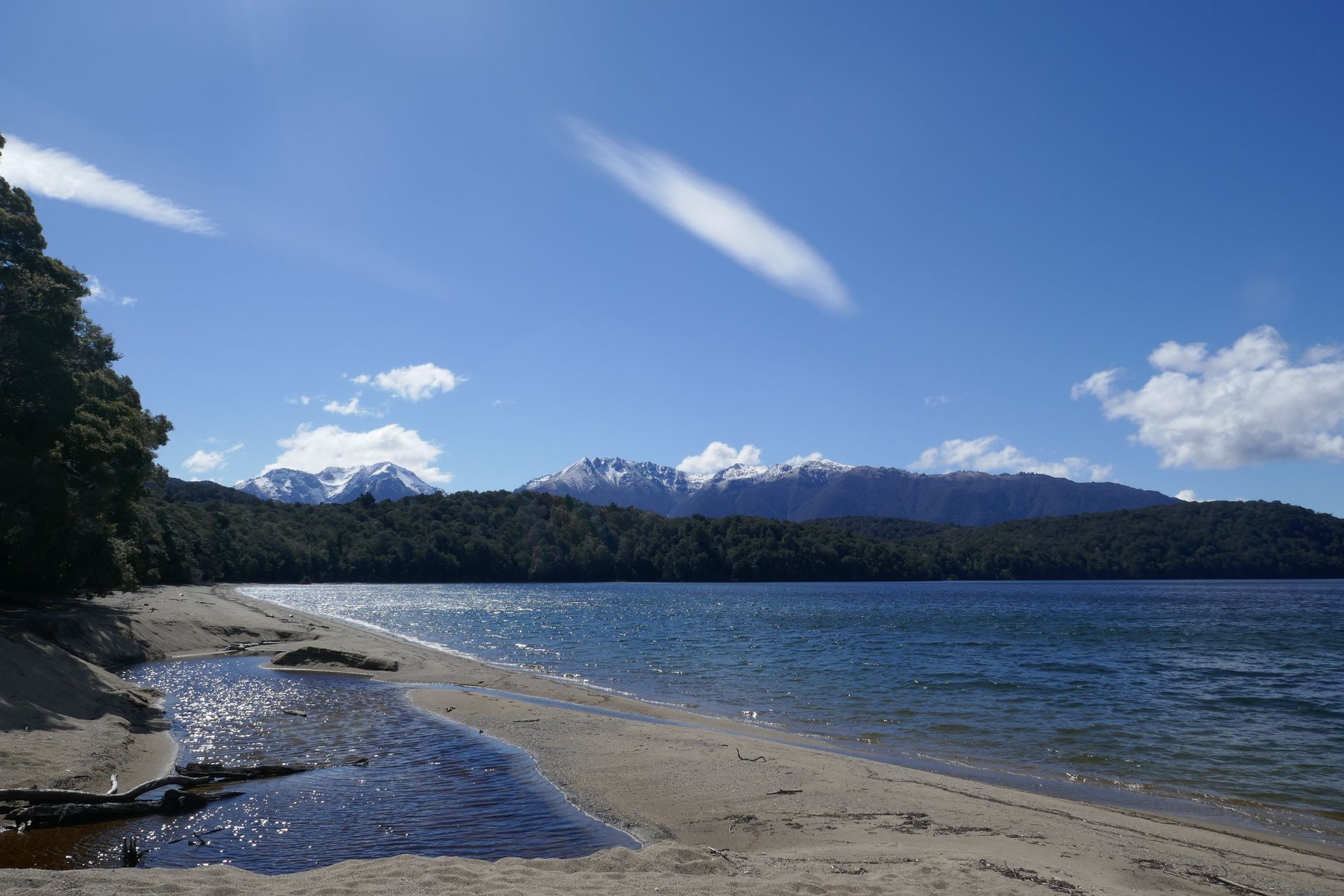
S'inscrire à la Newsletter
Répondre

Rapports de voyage Nouvelle-Zélande
